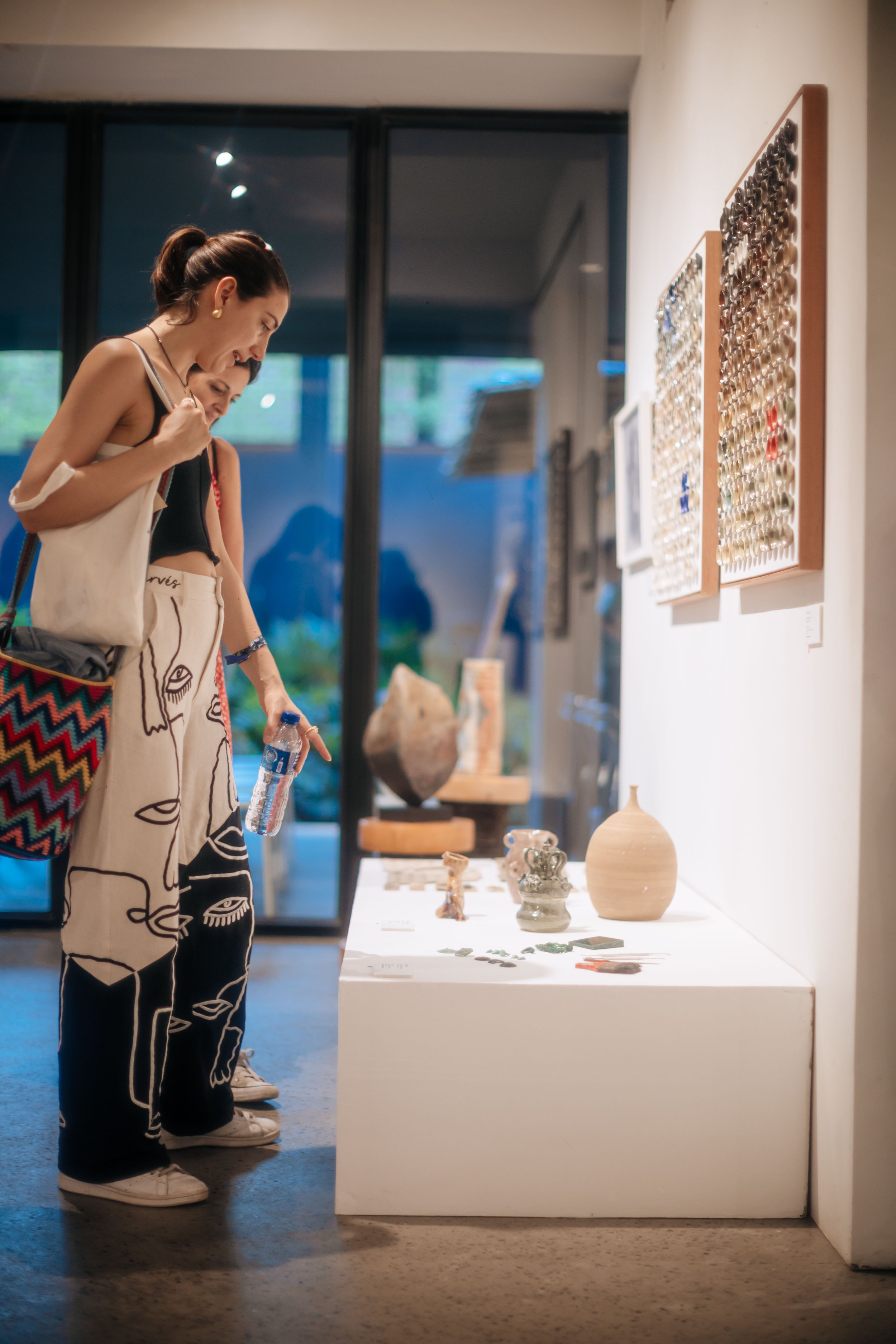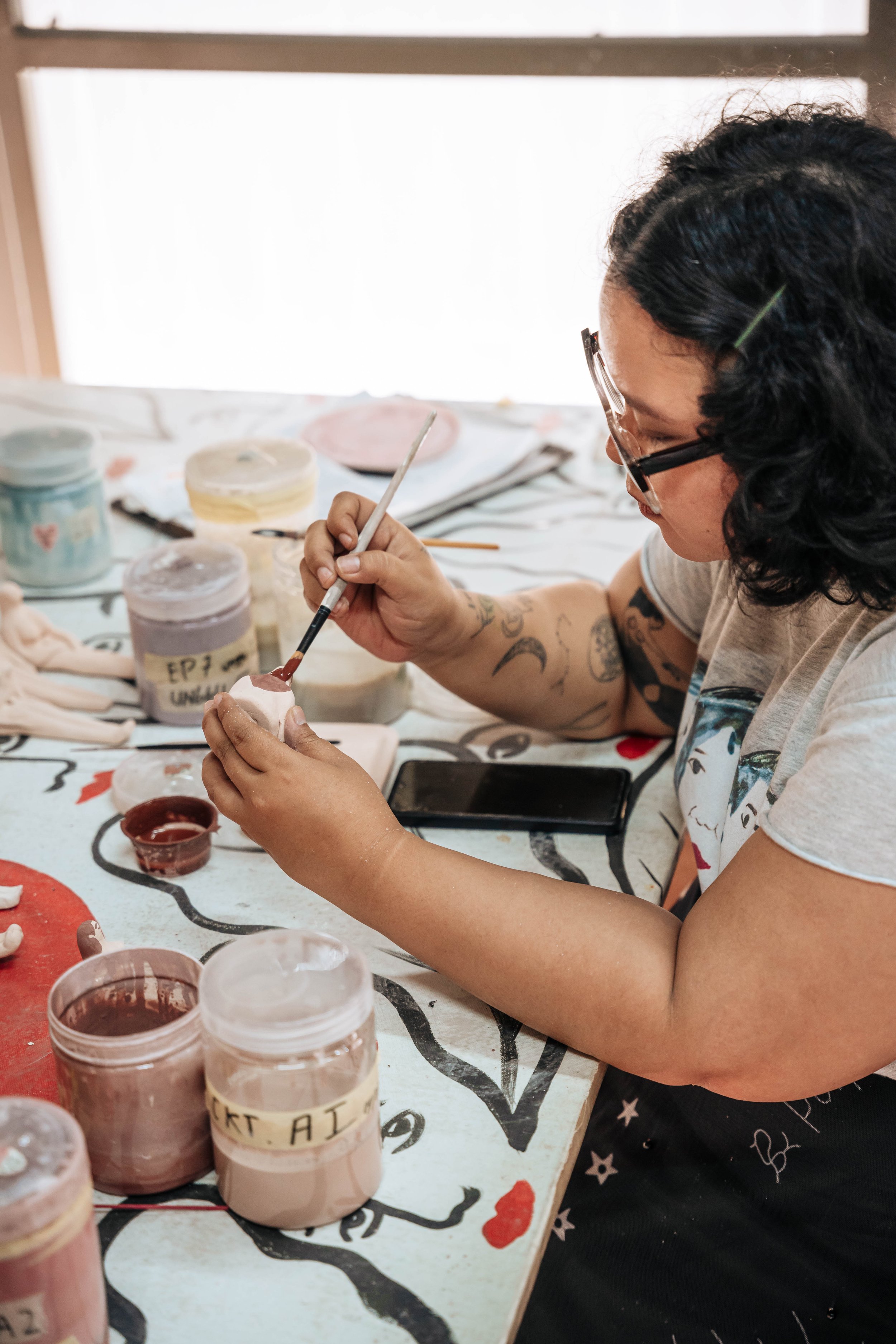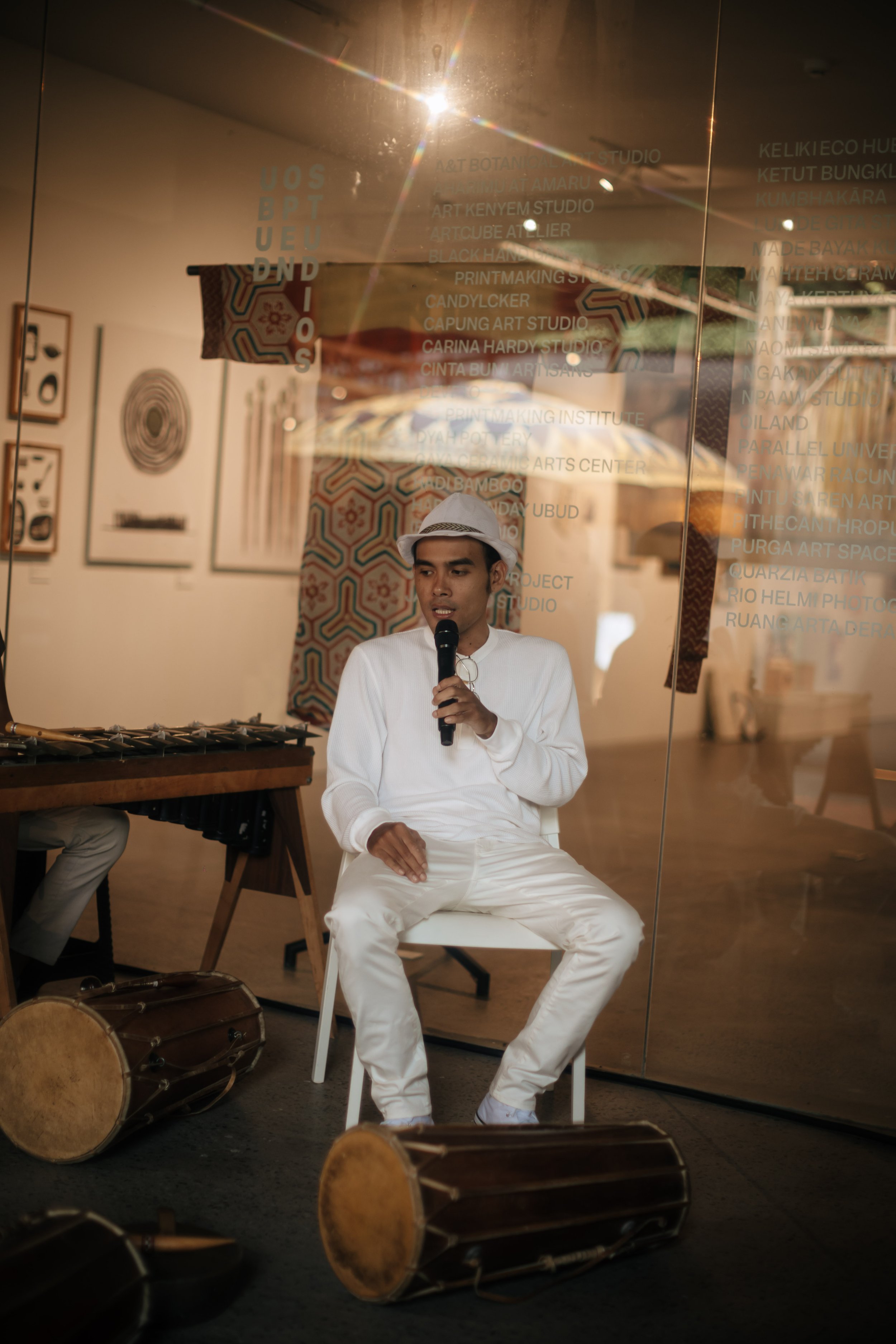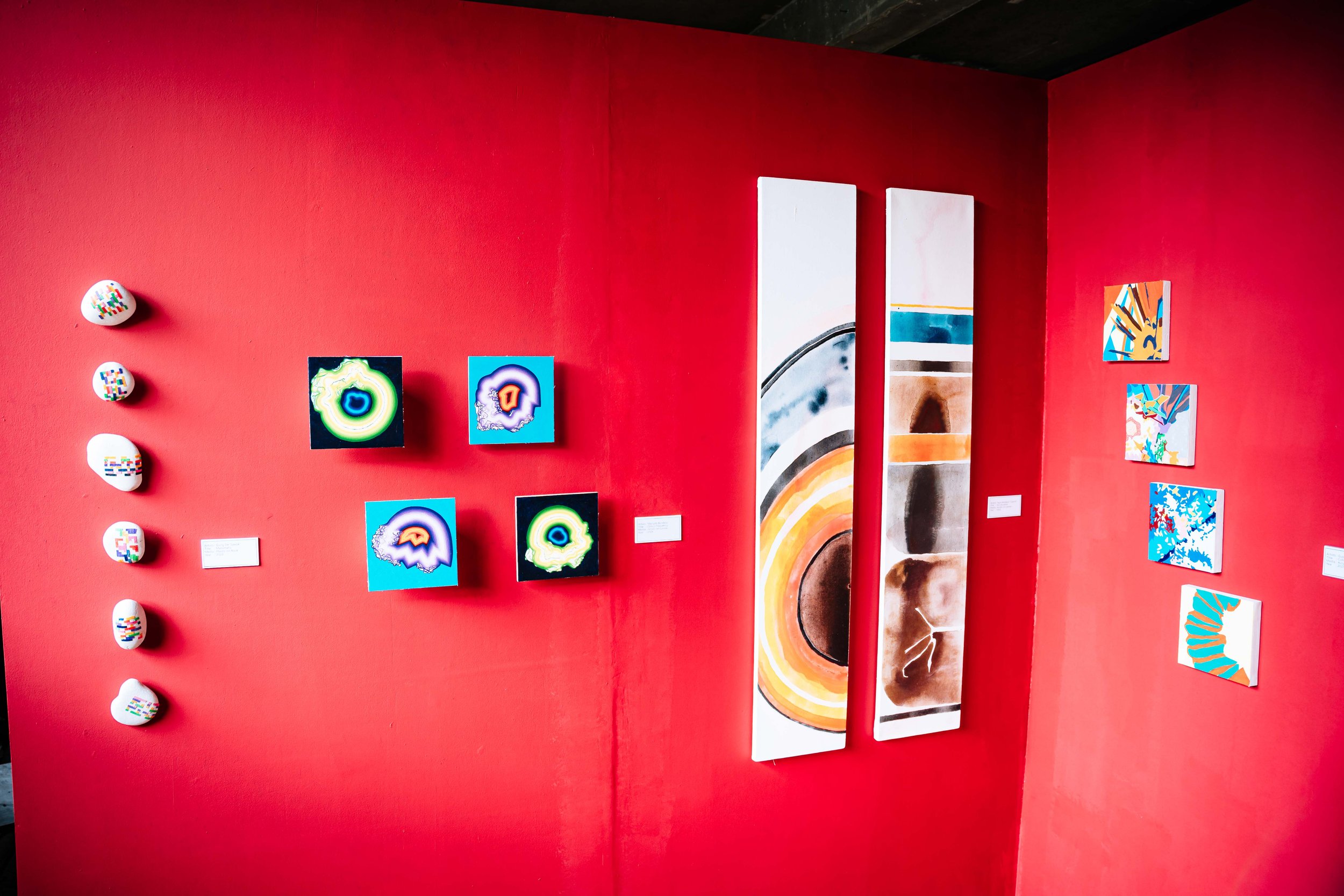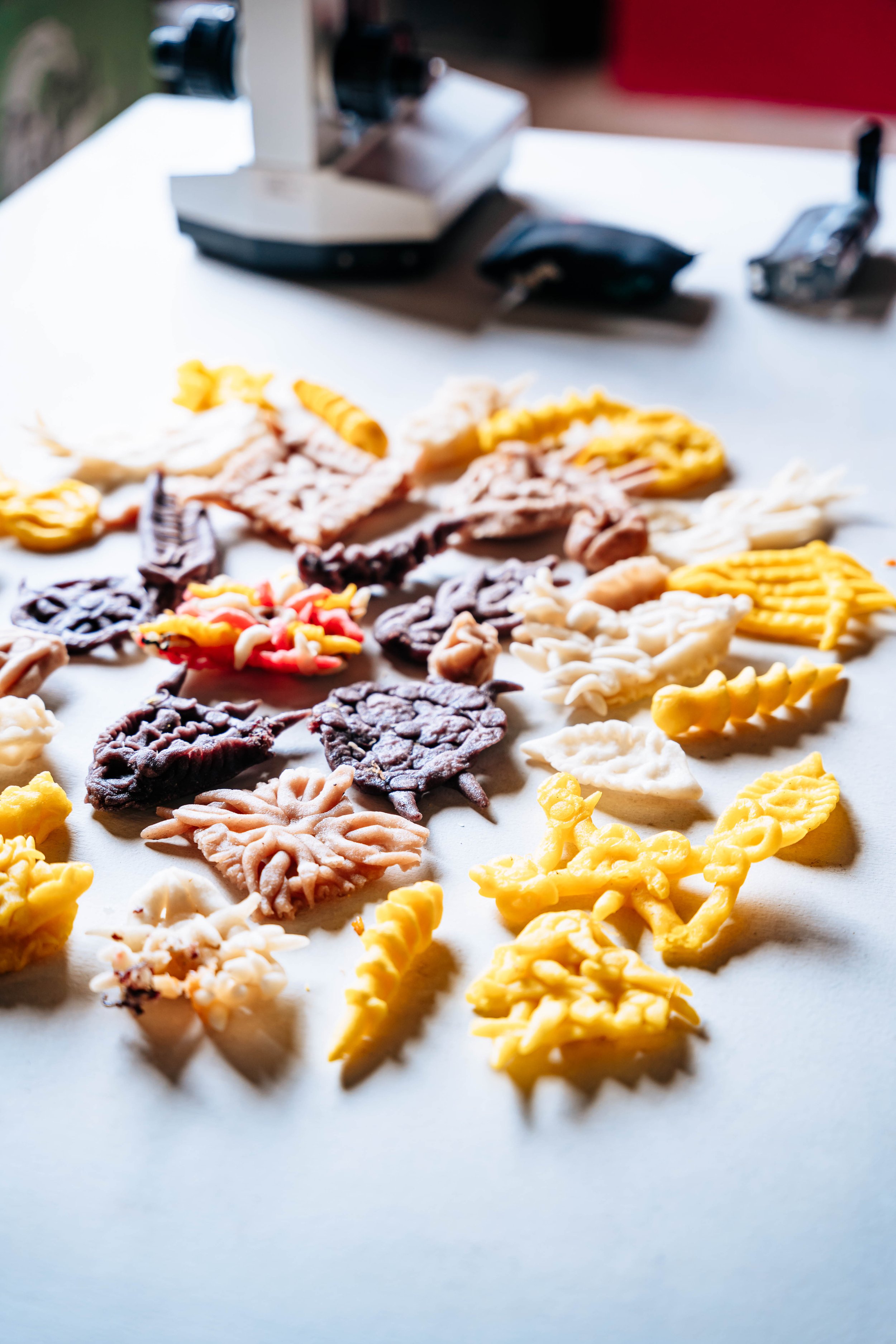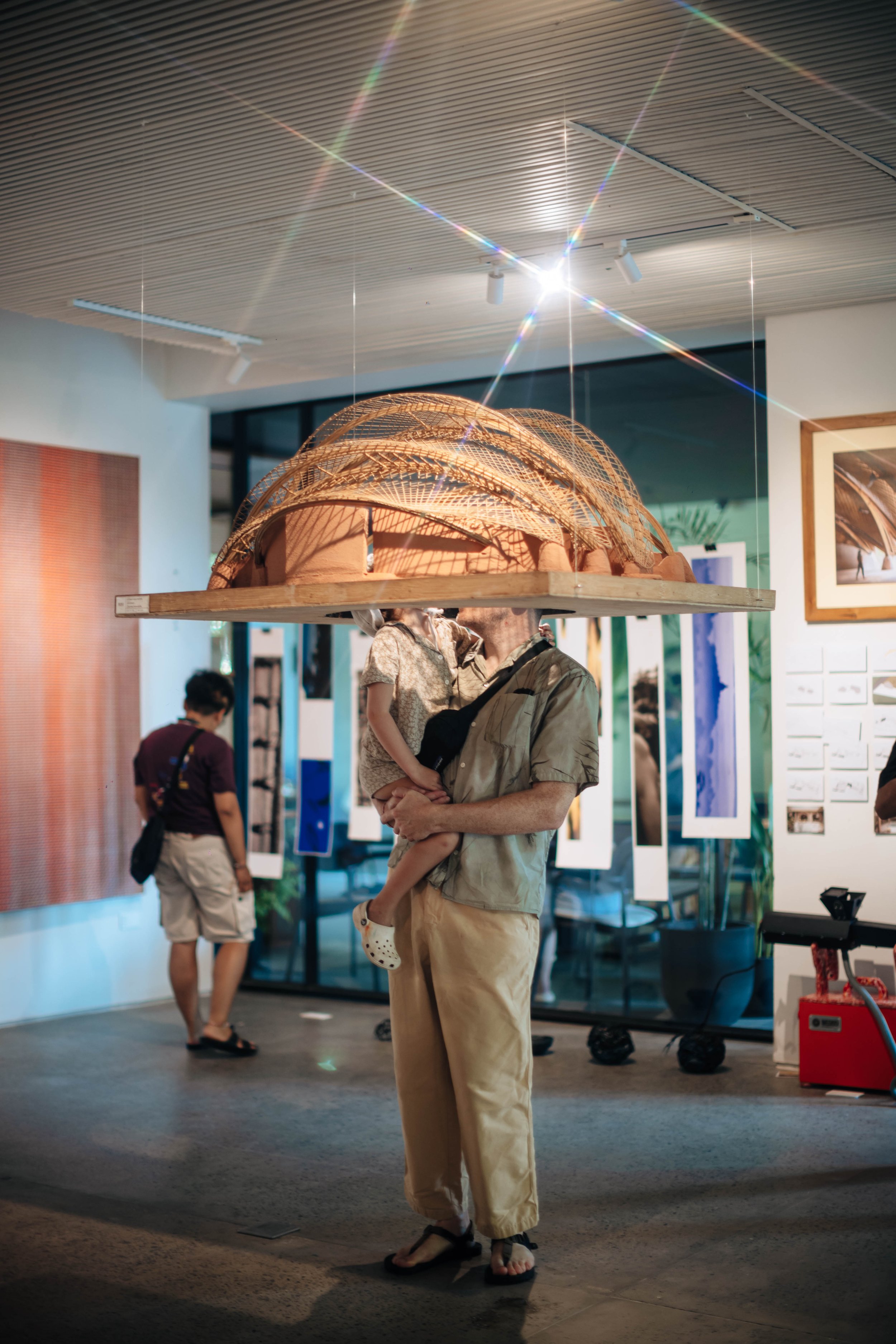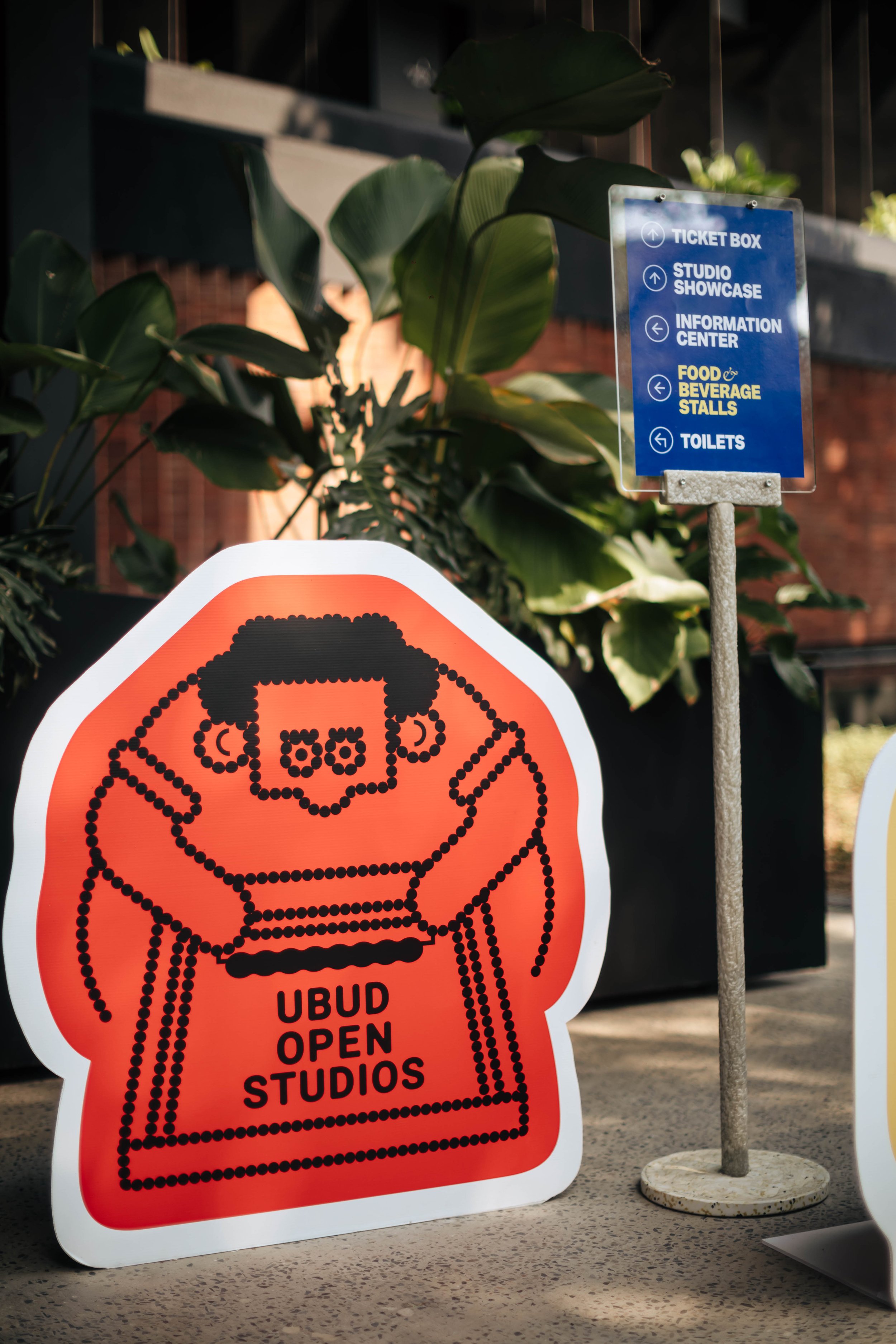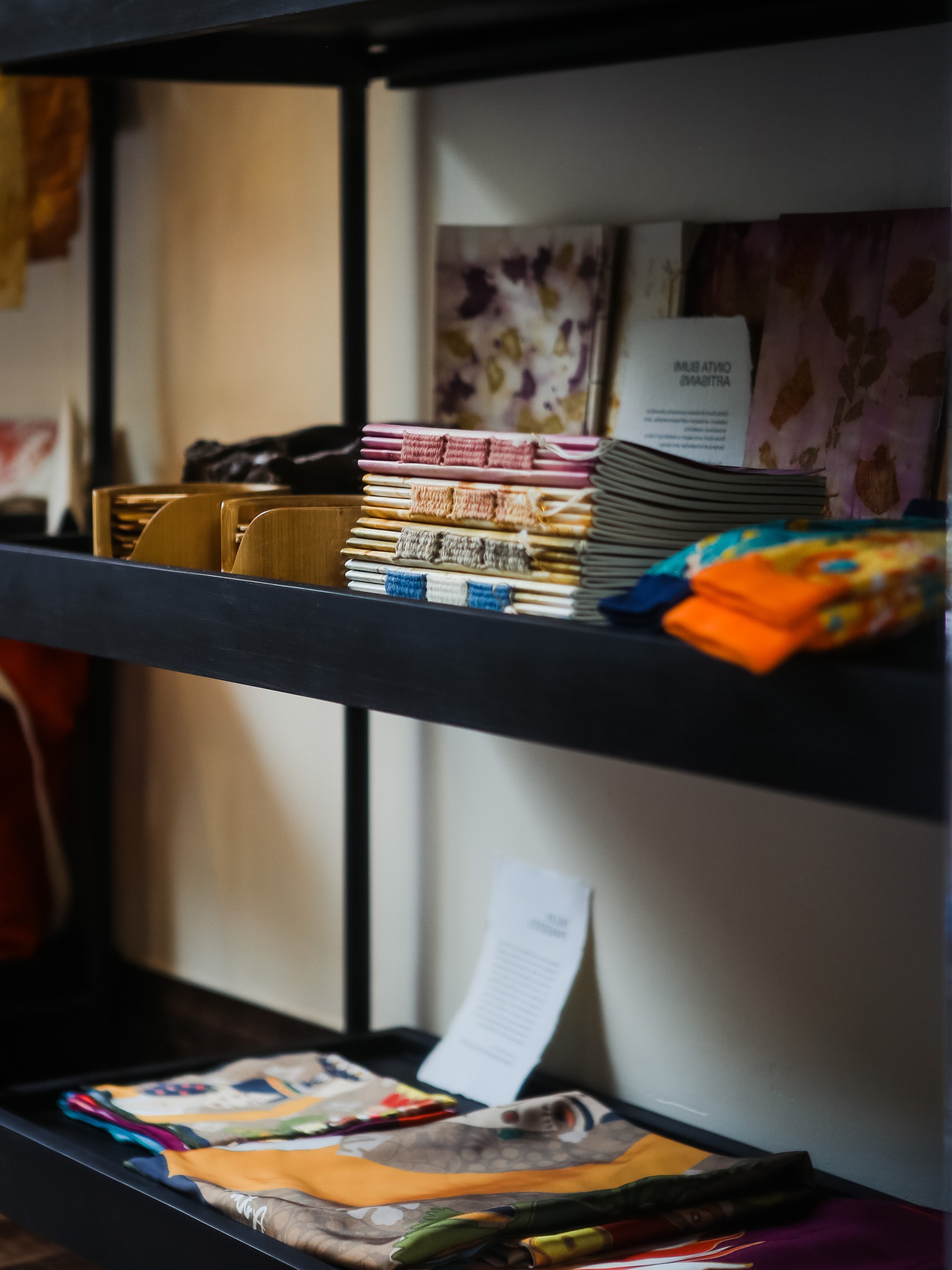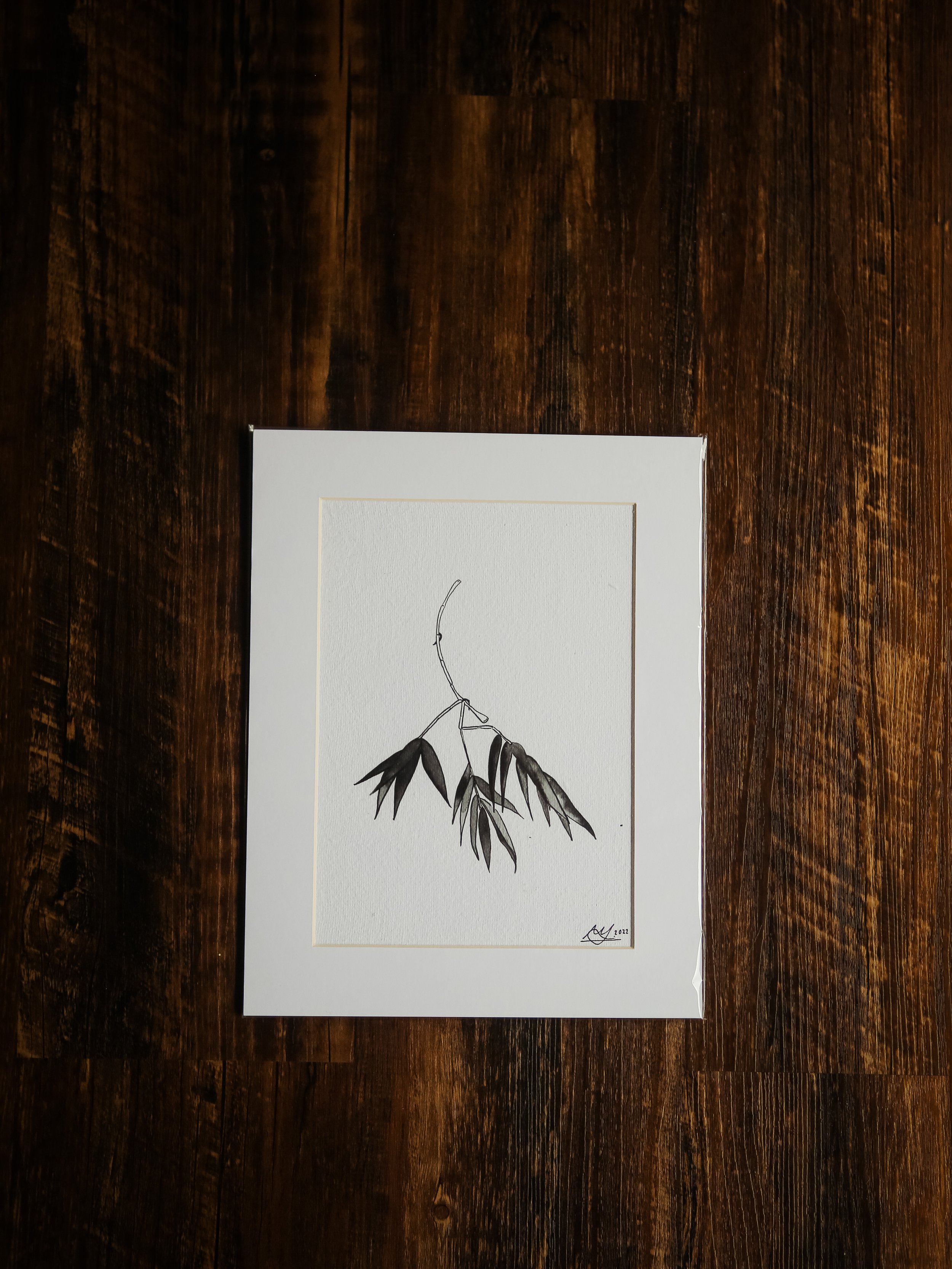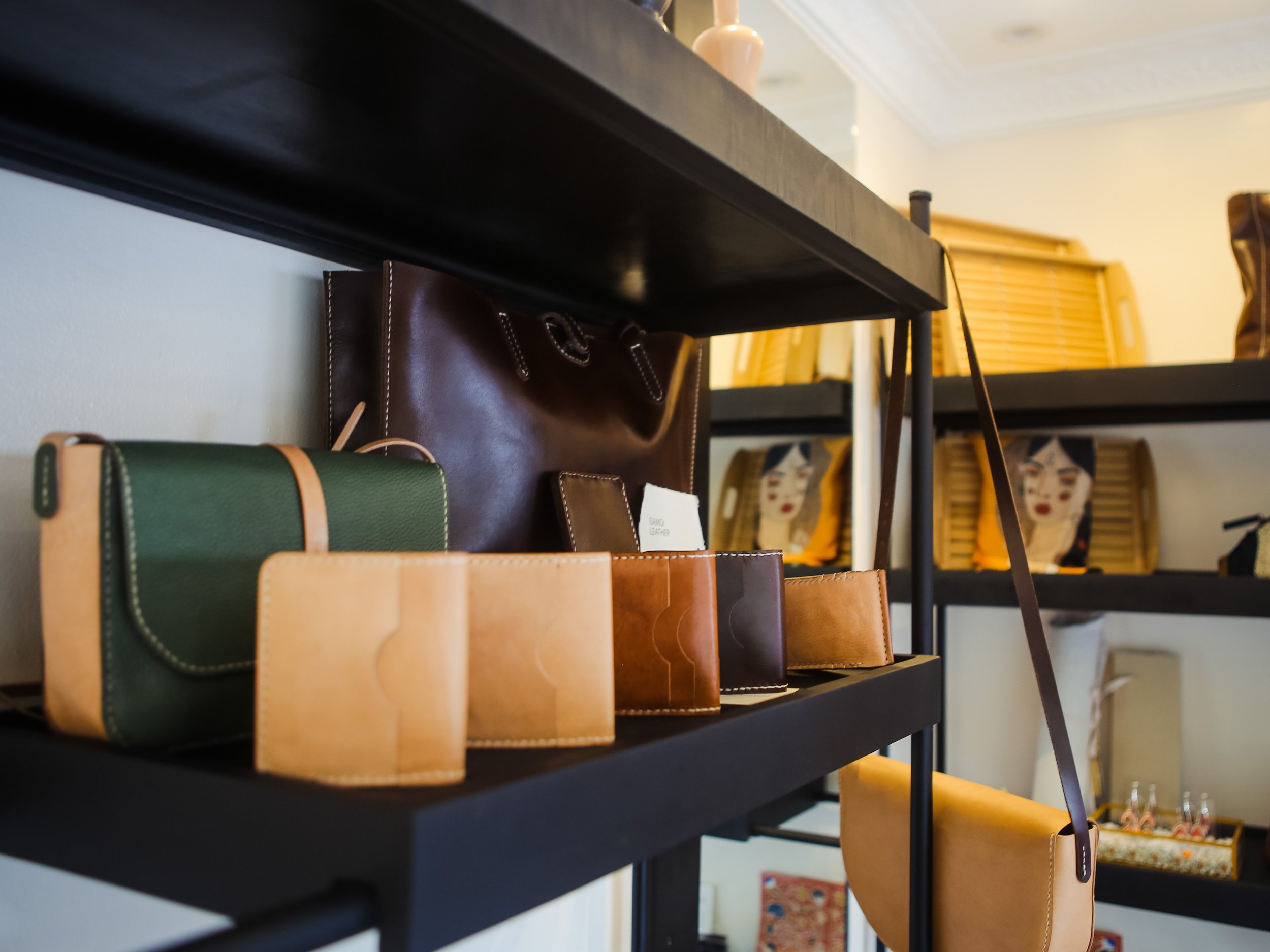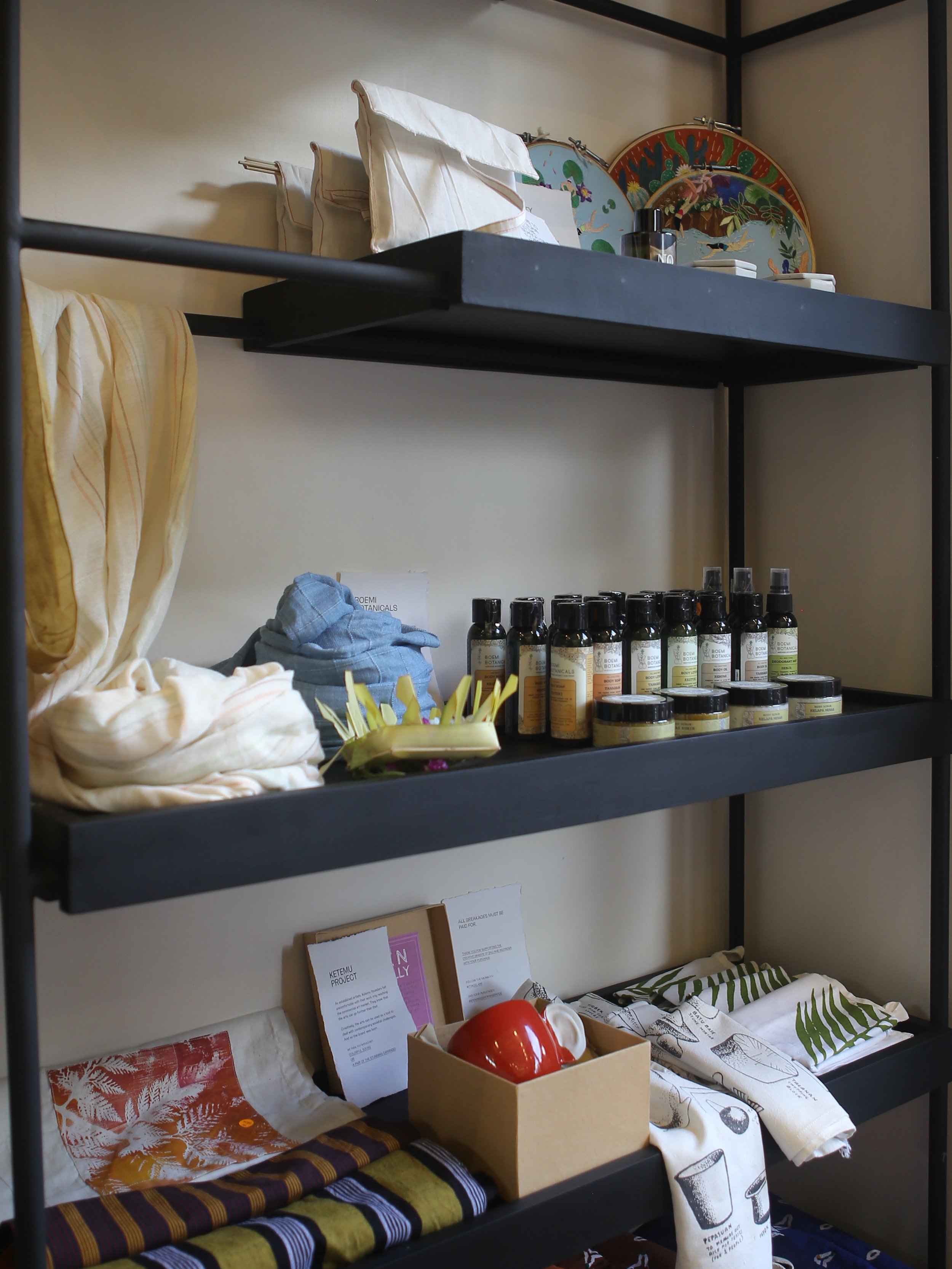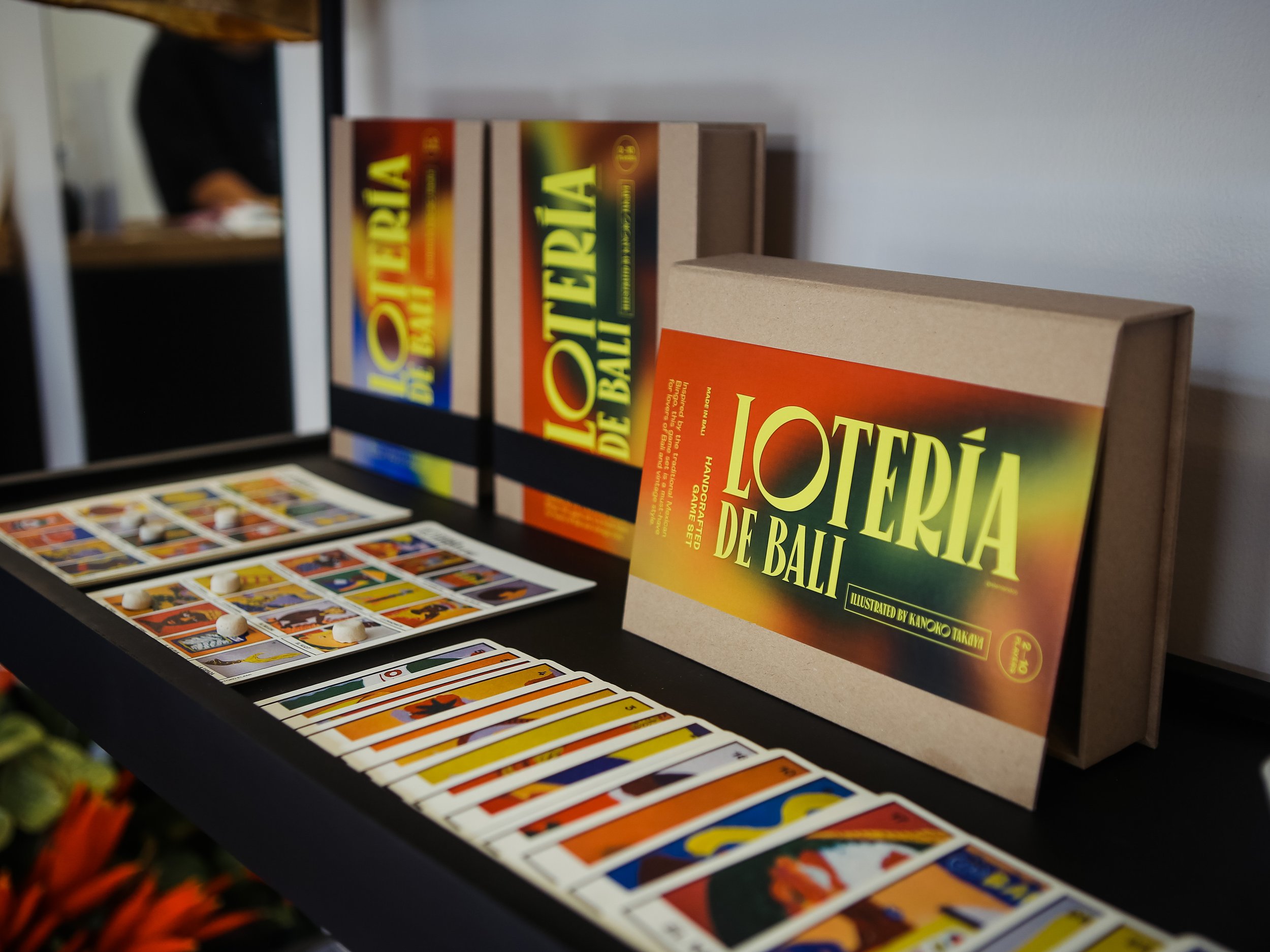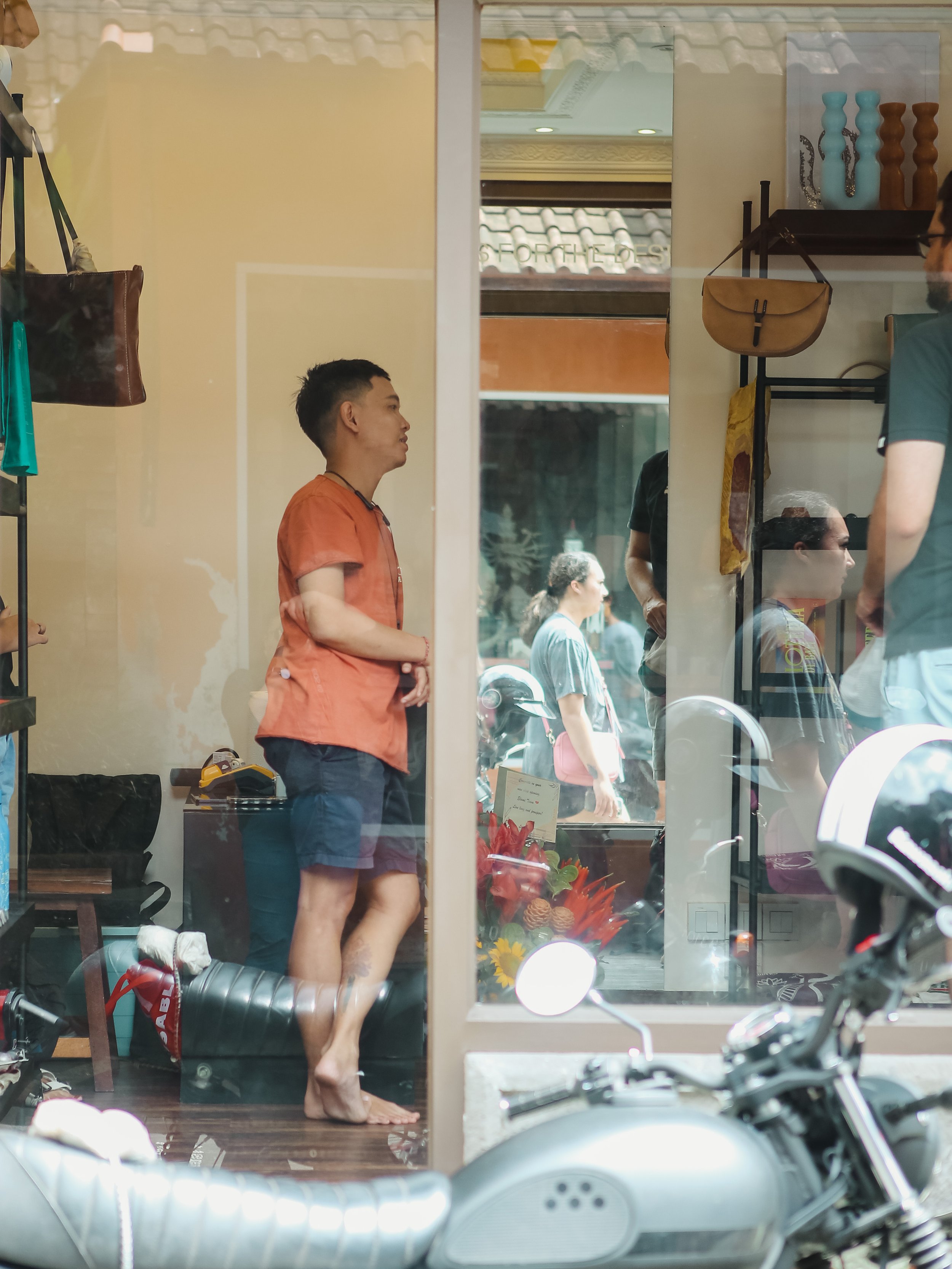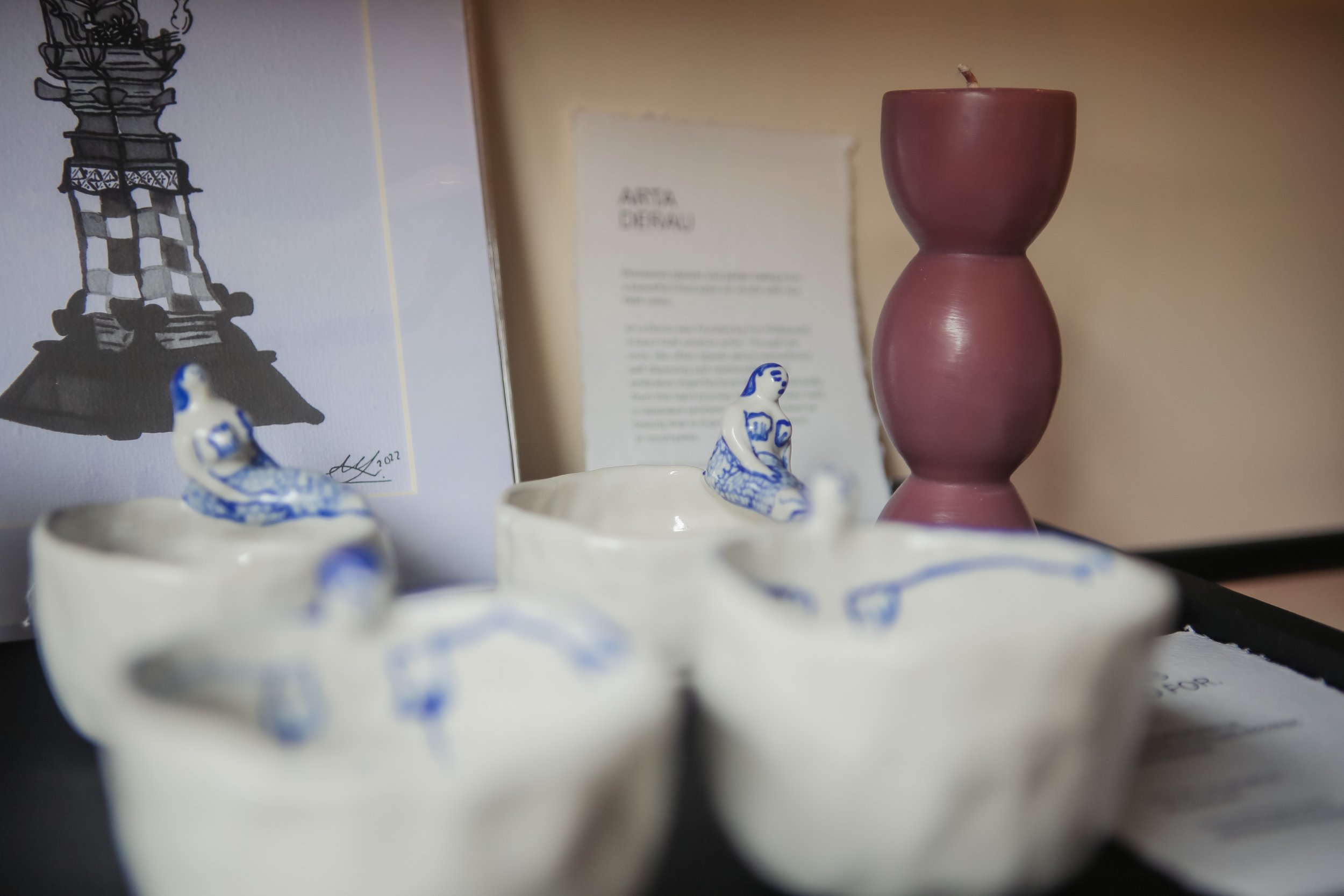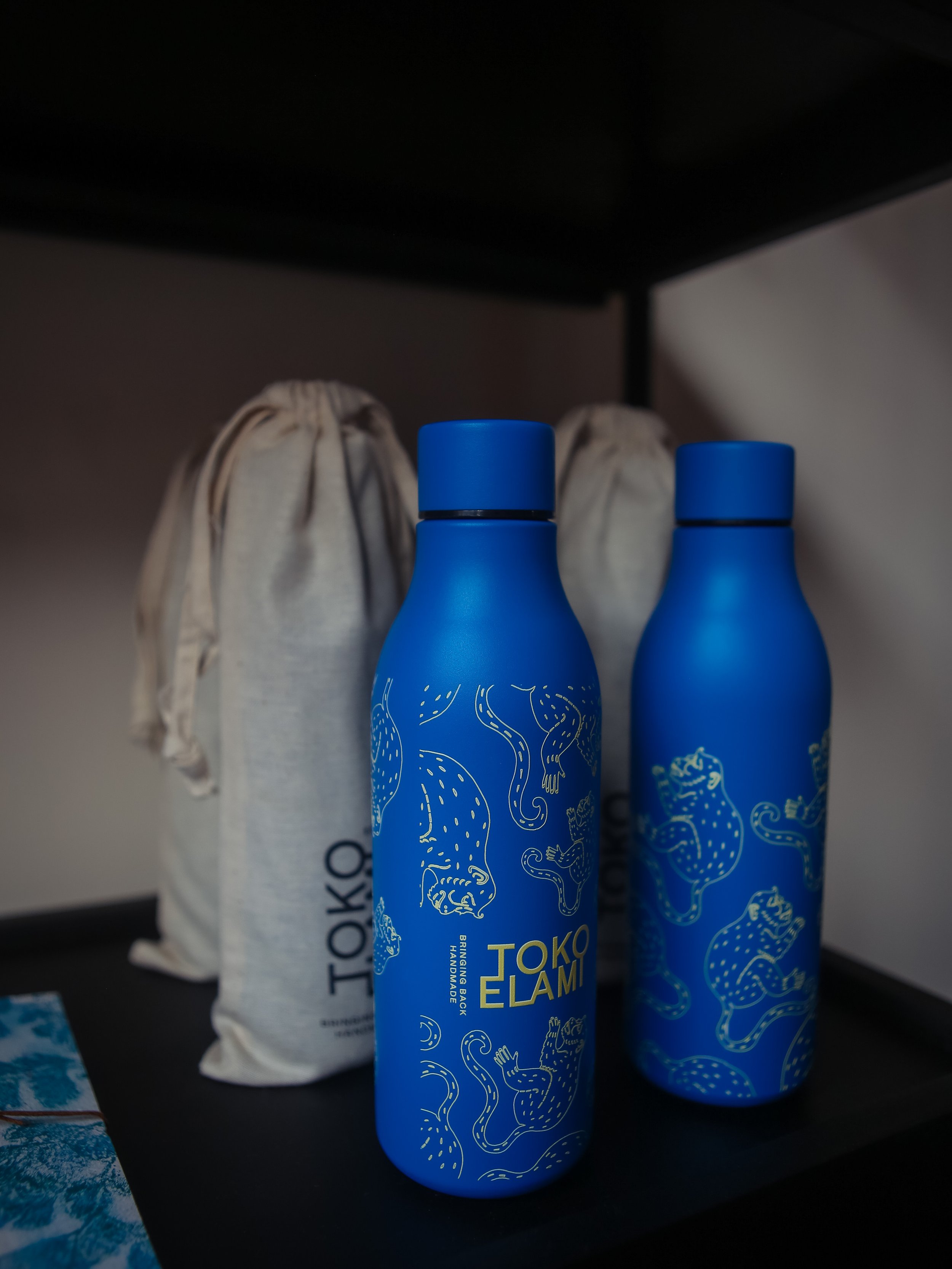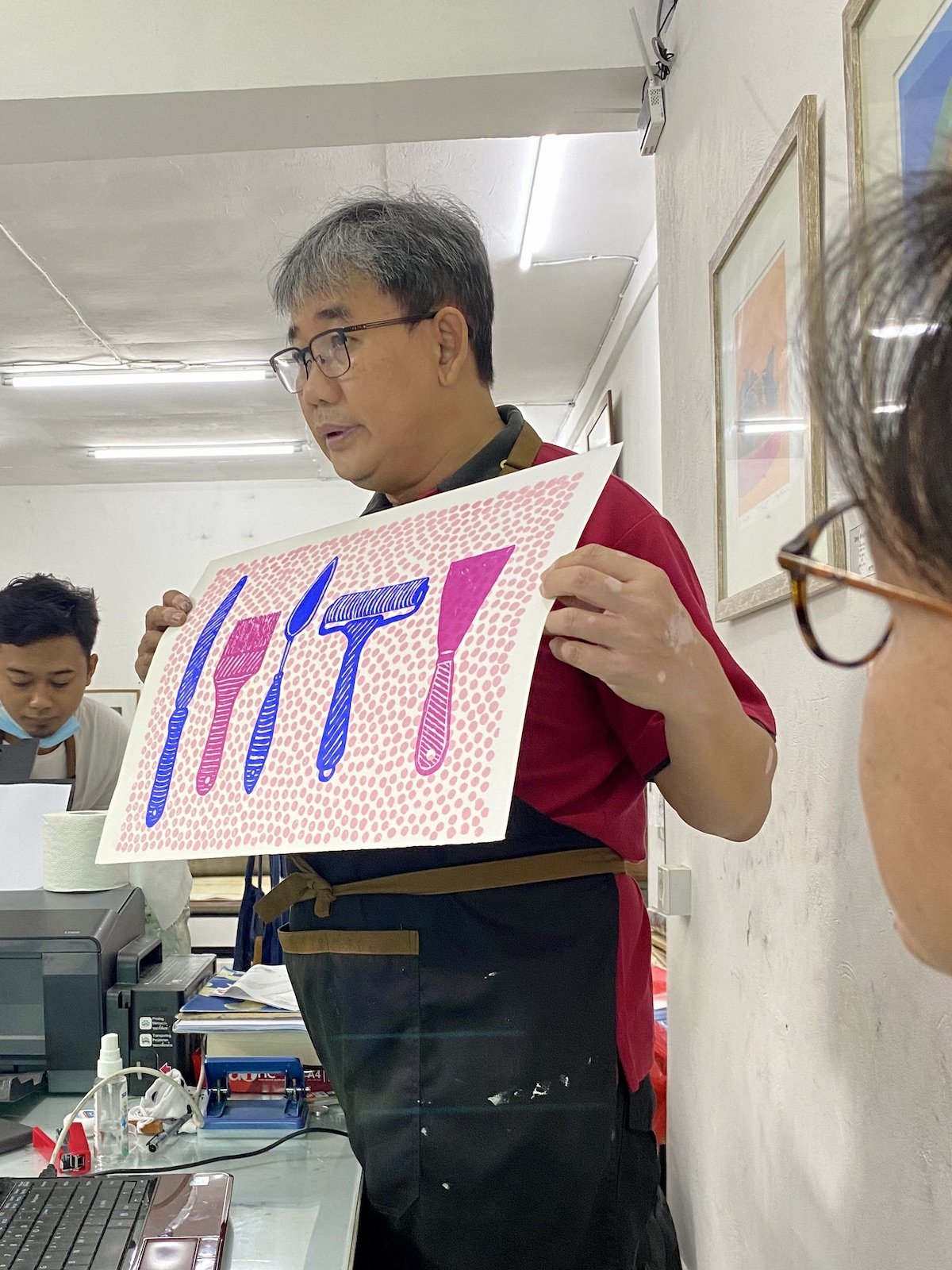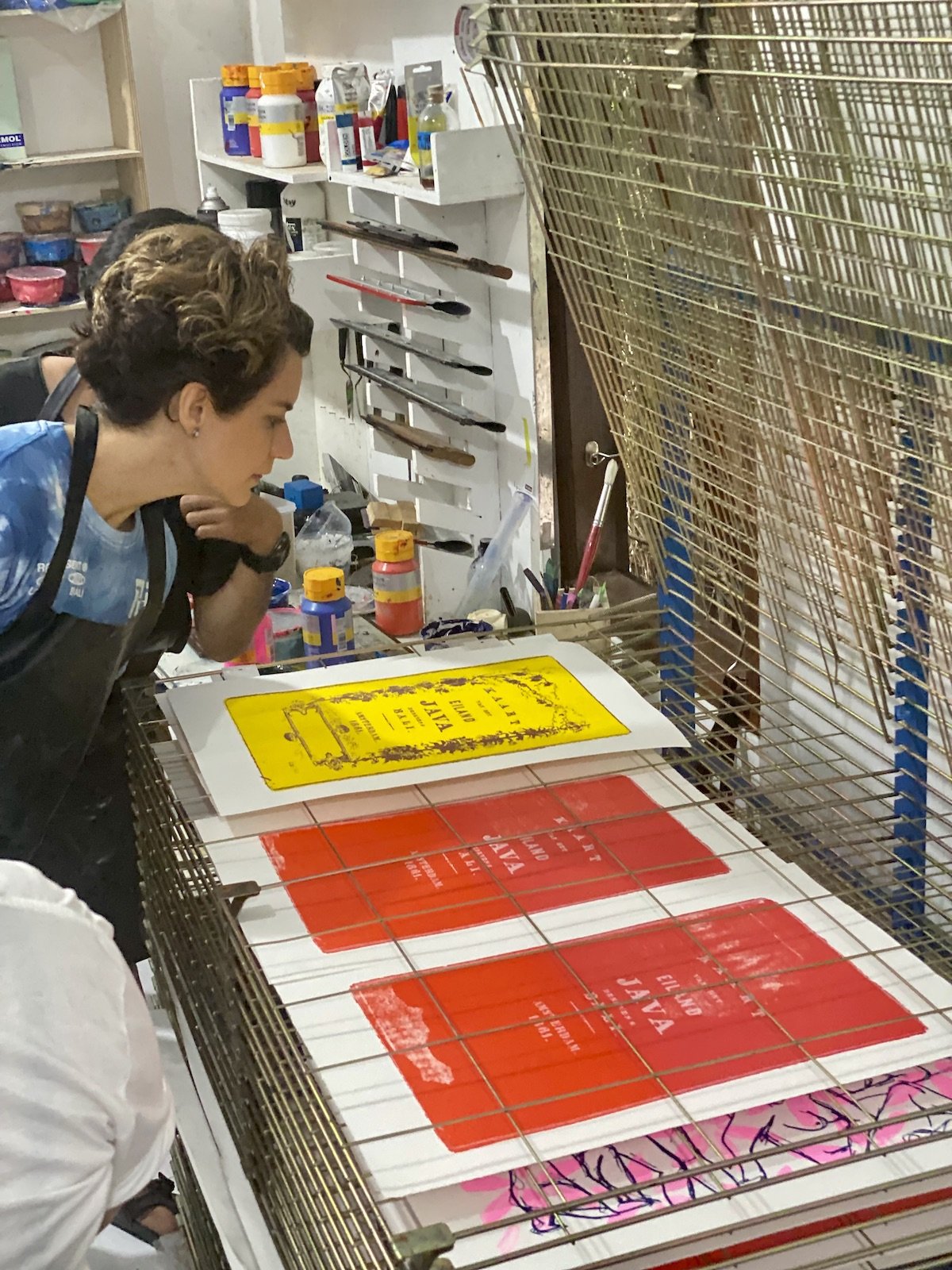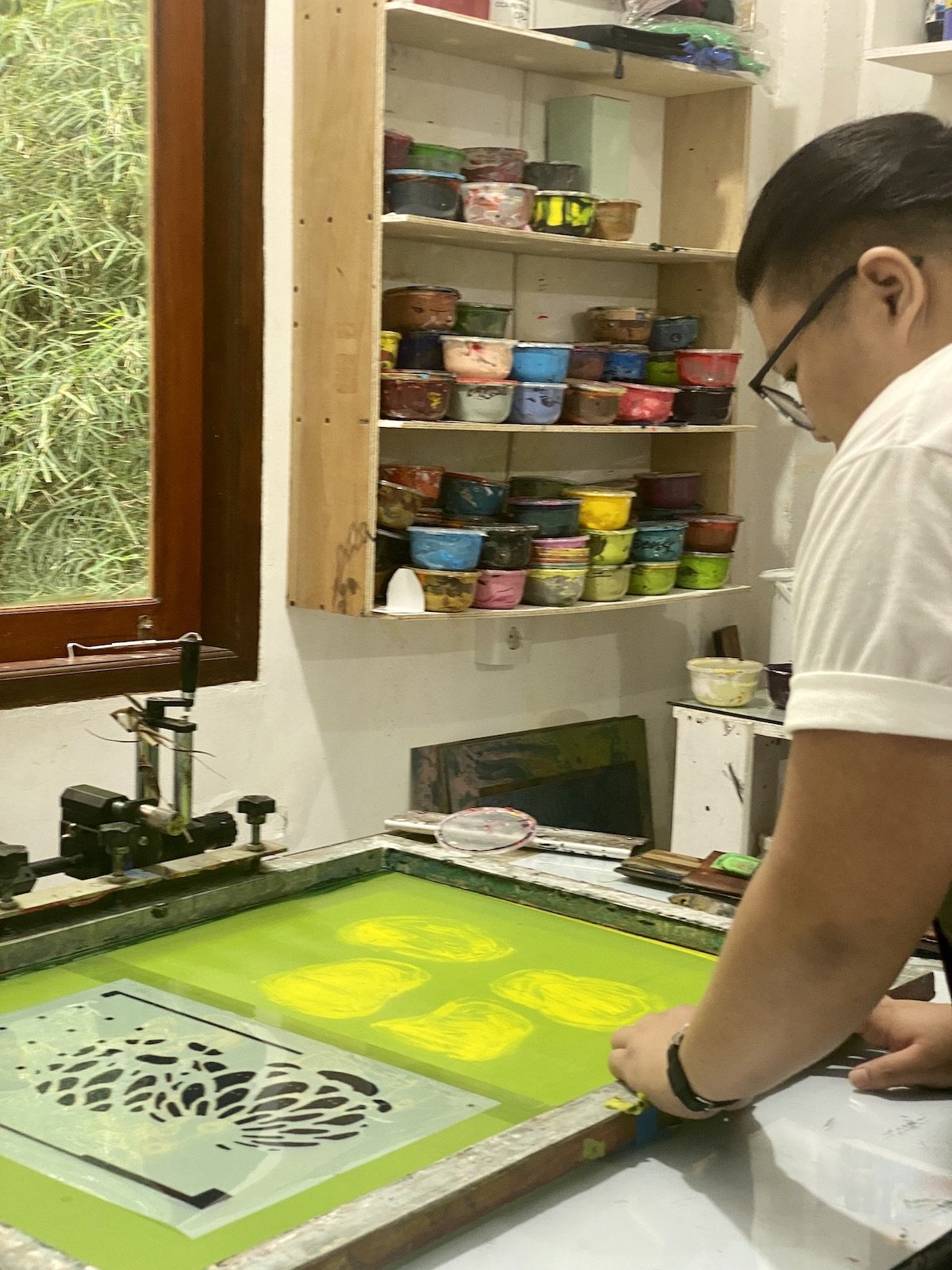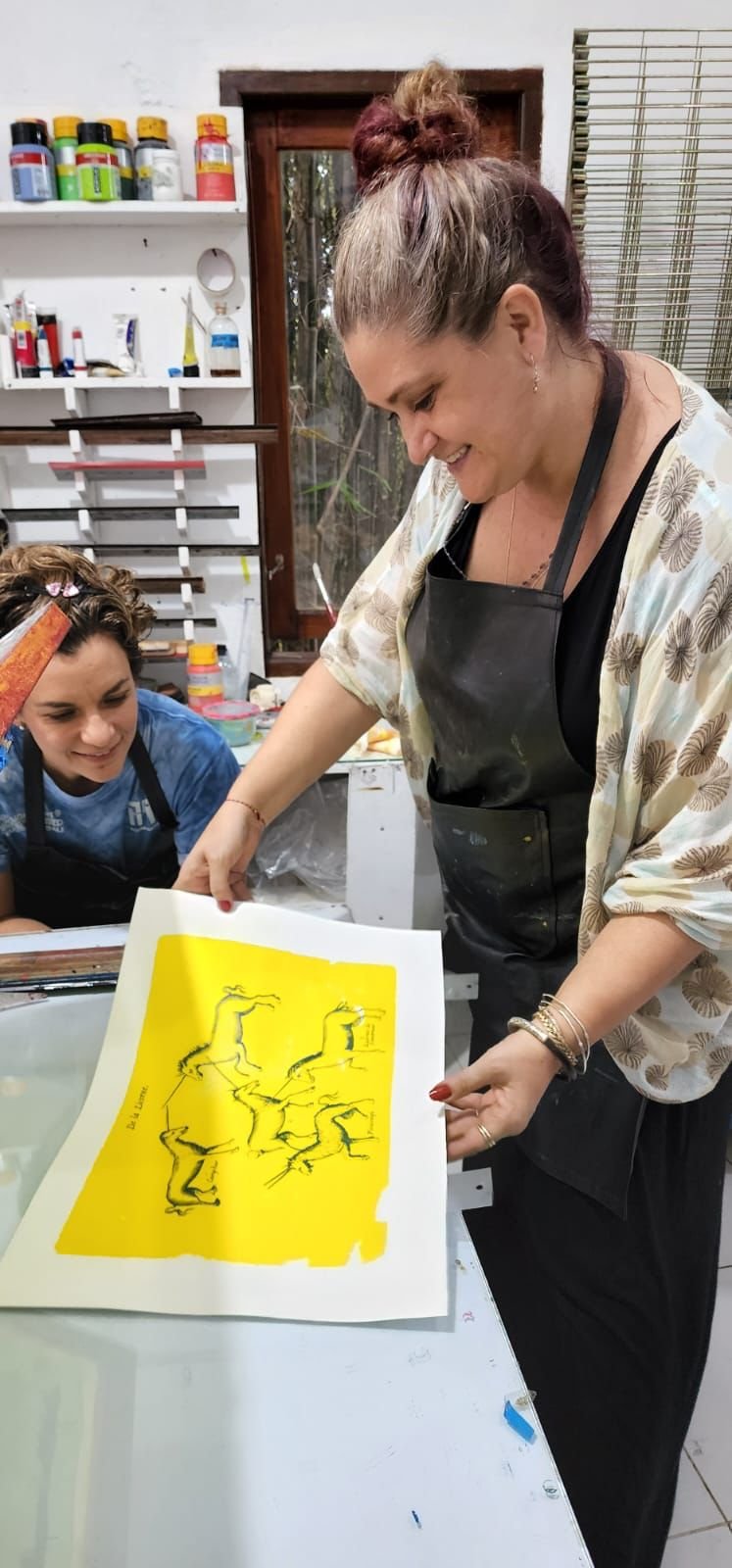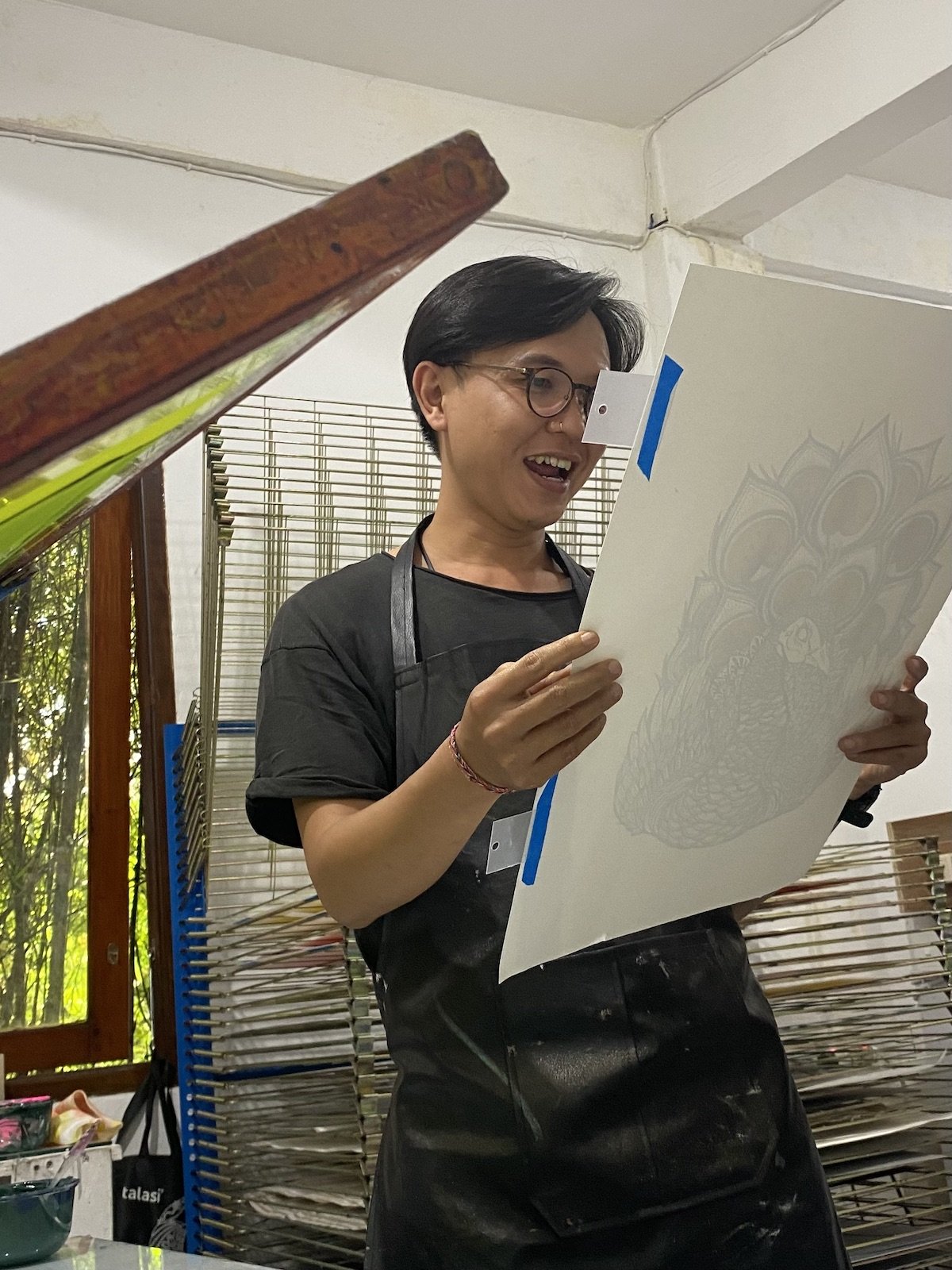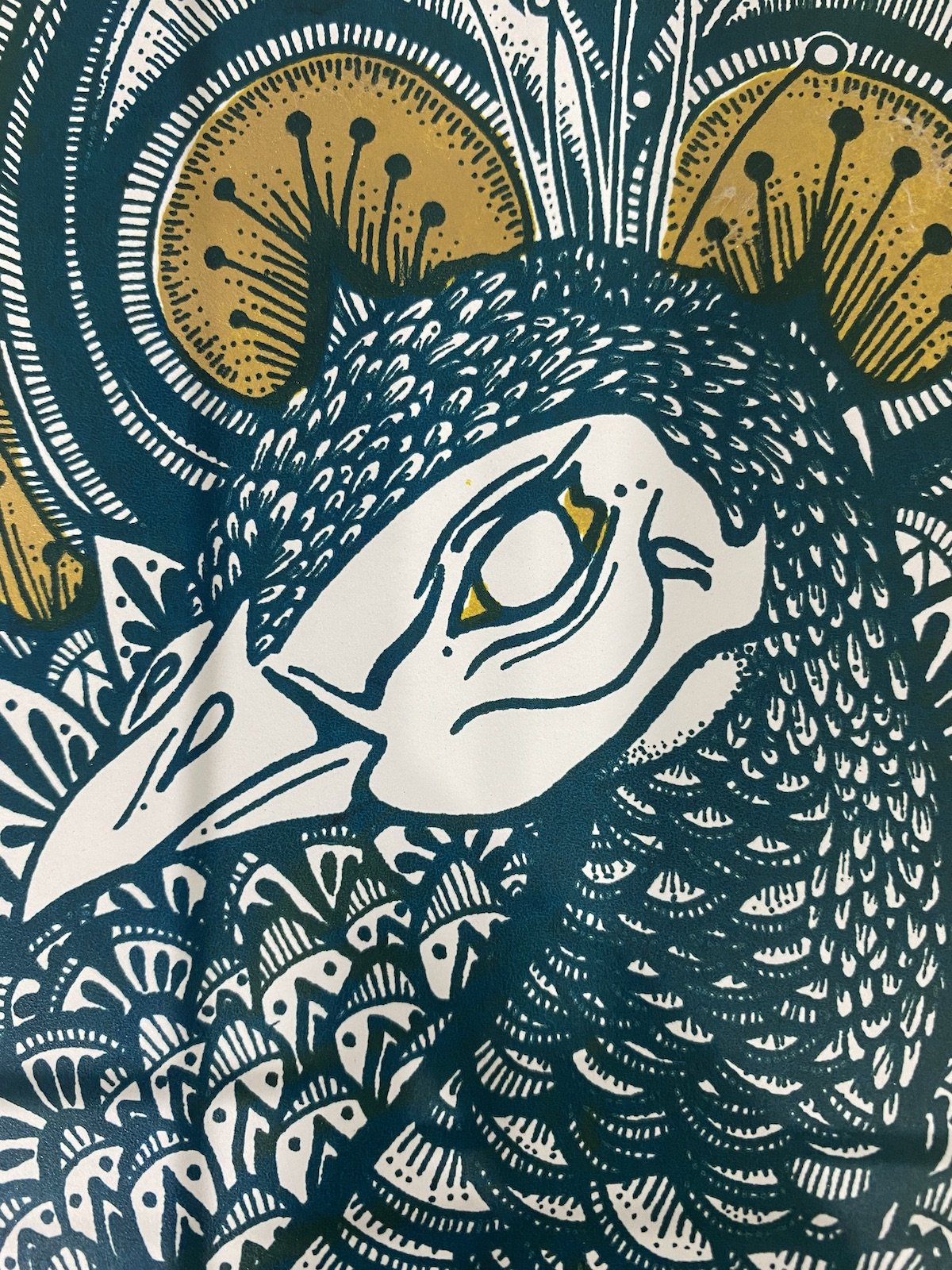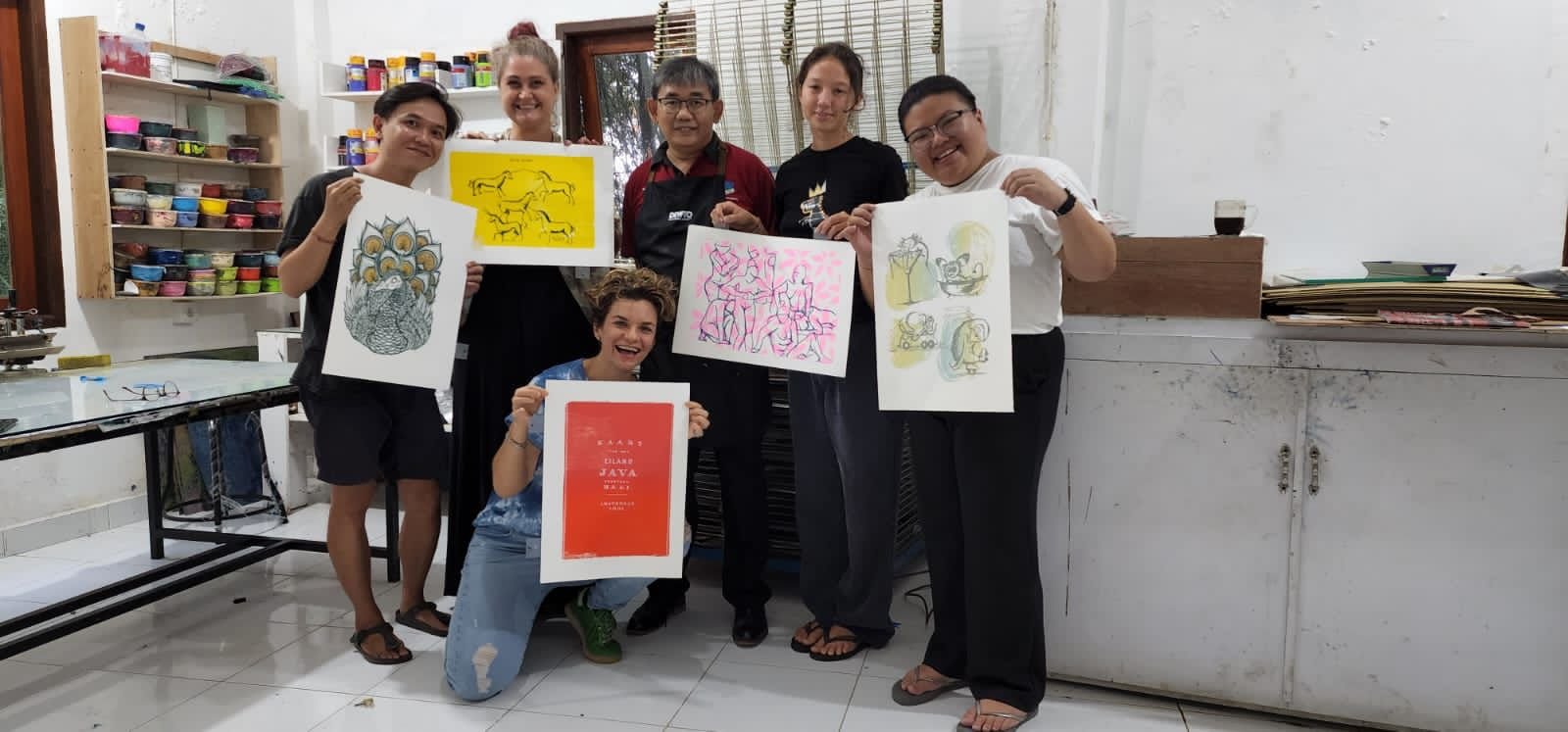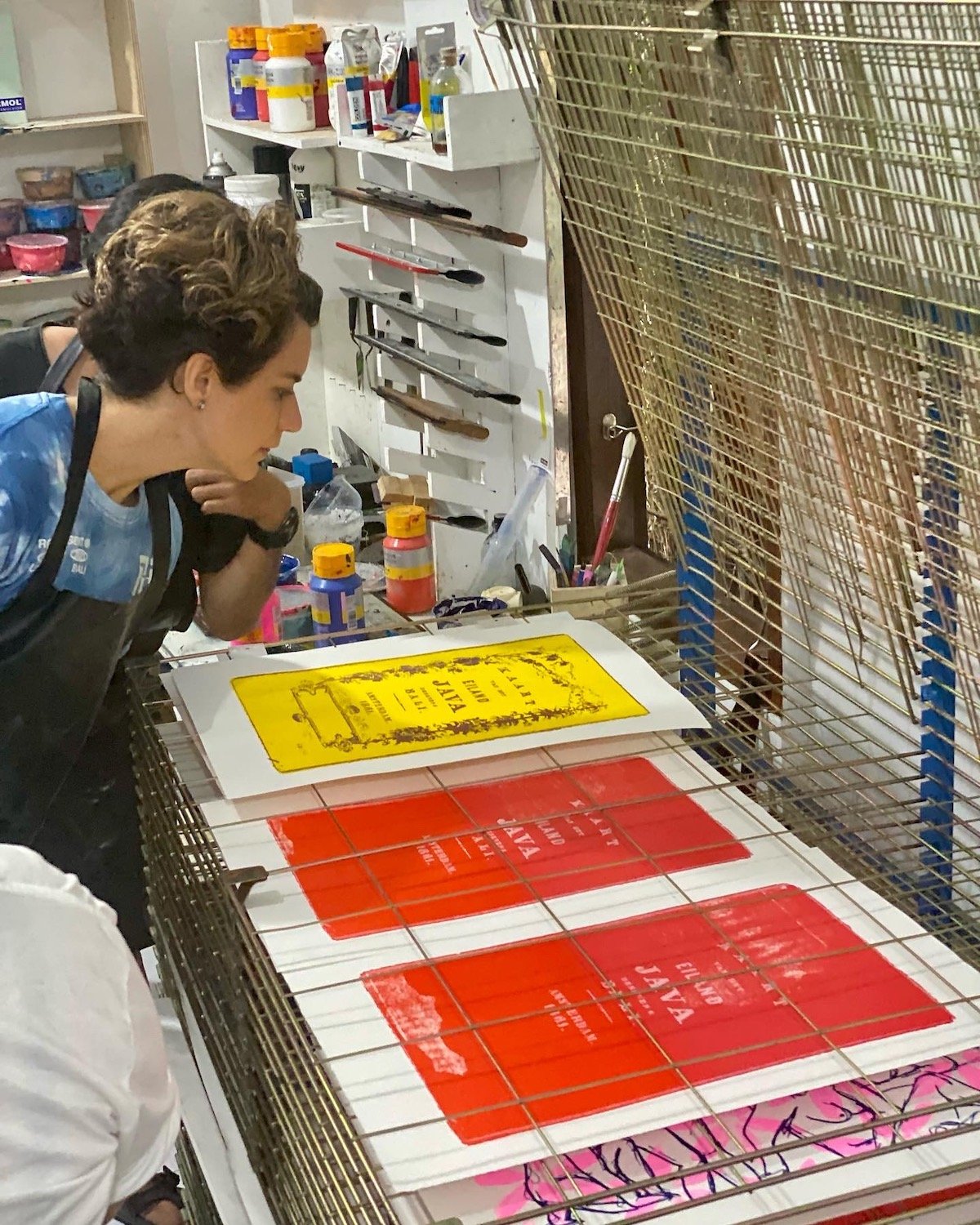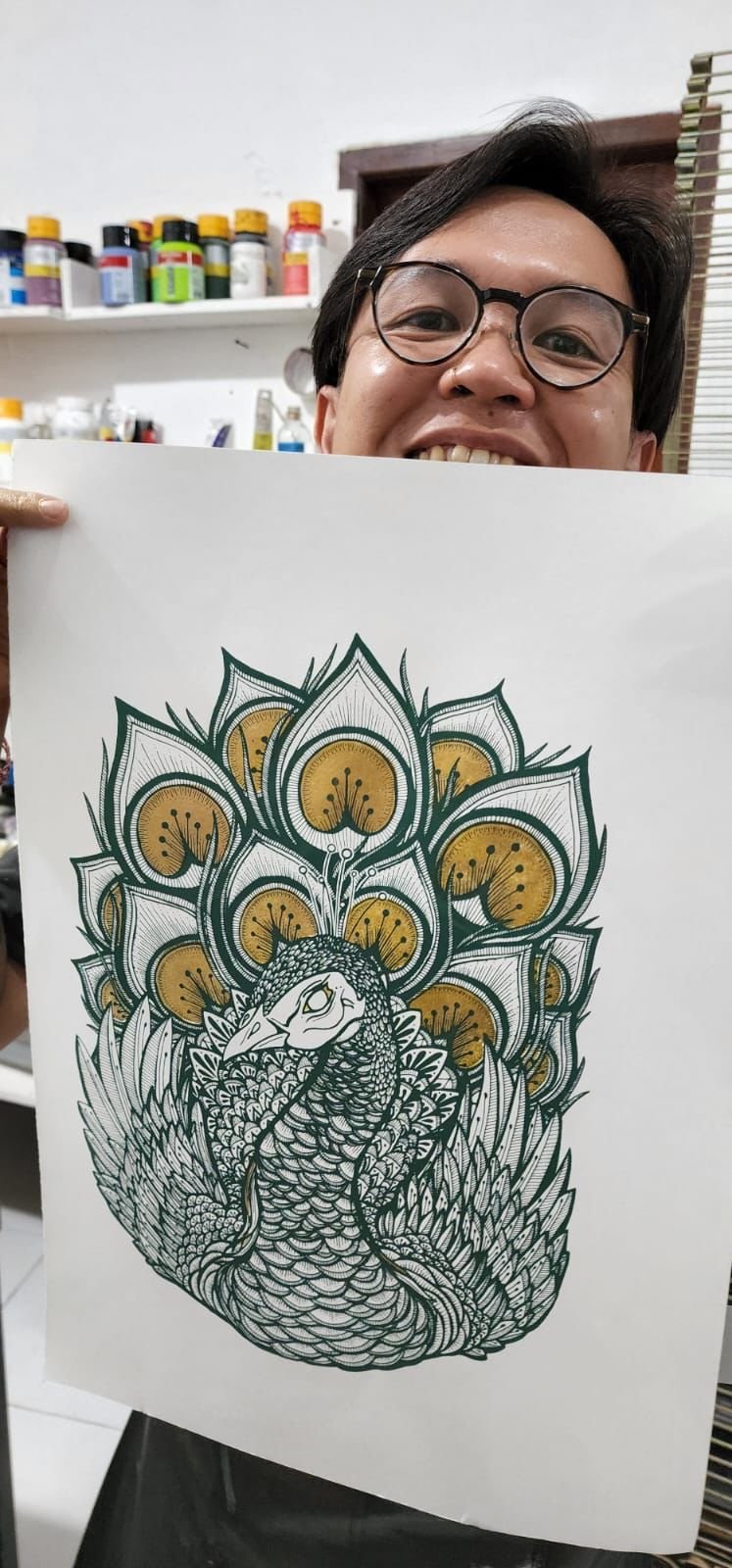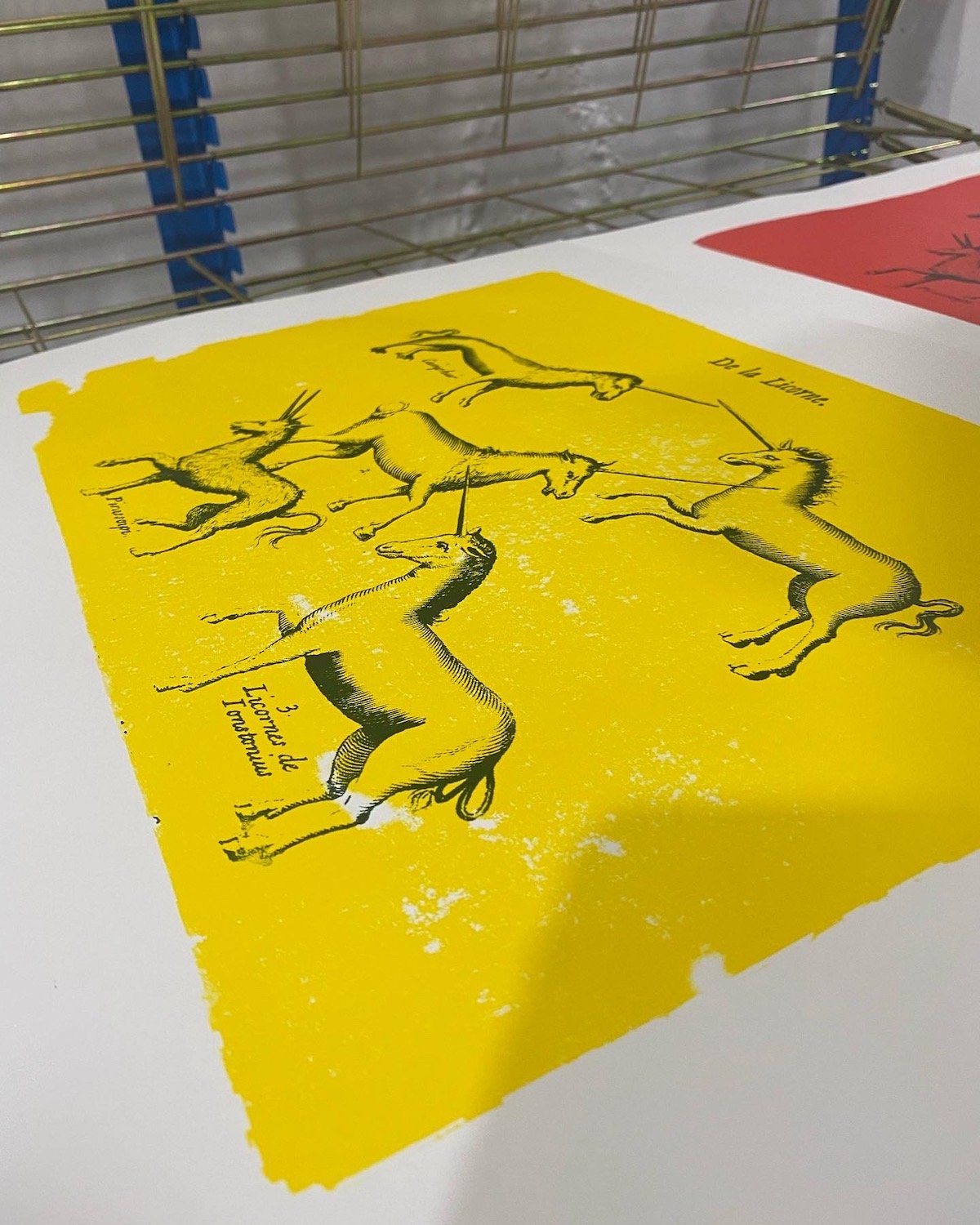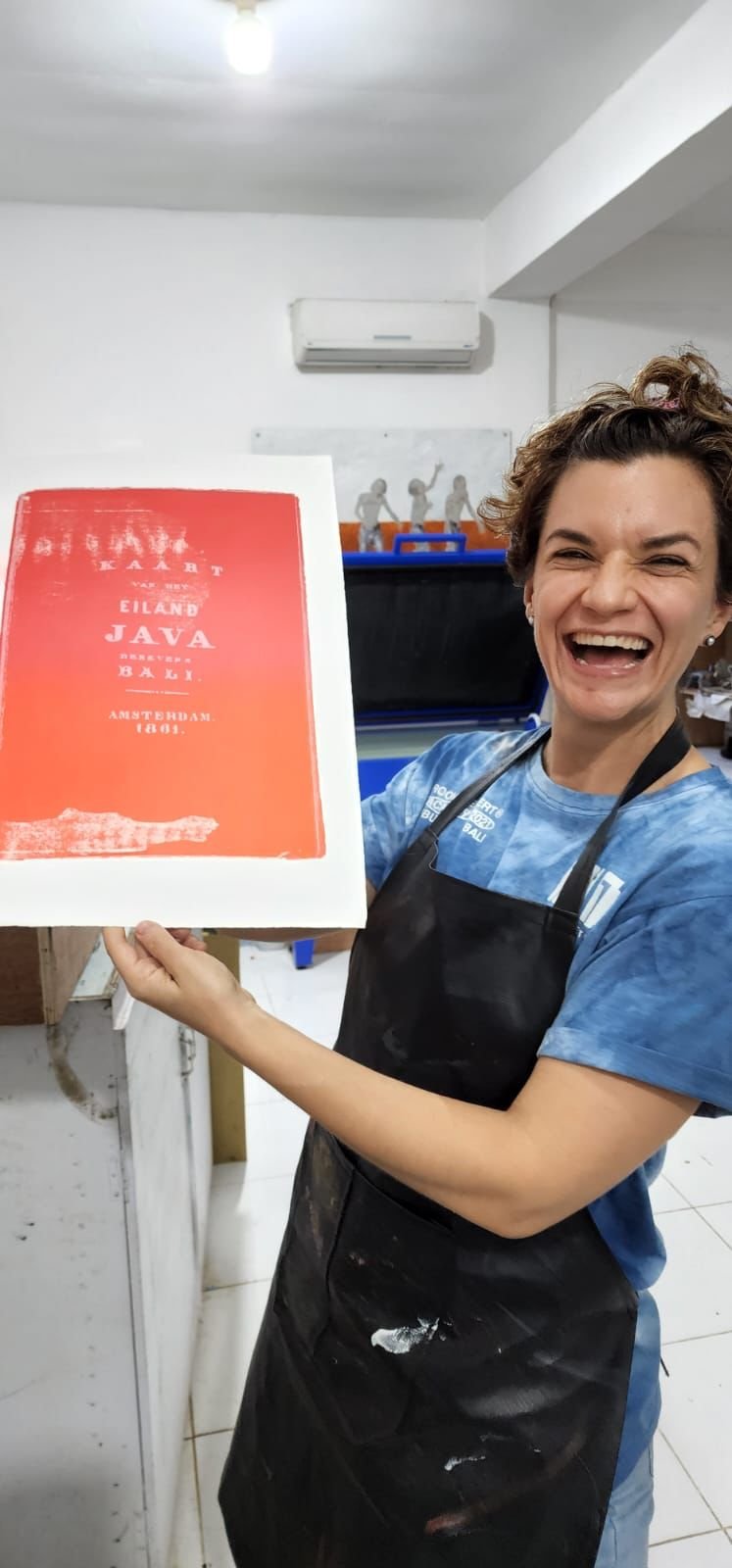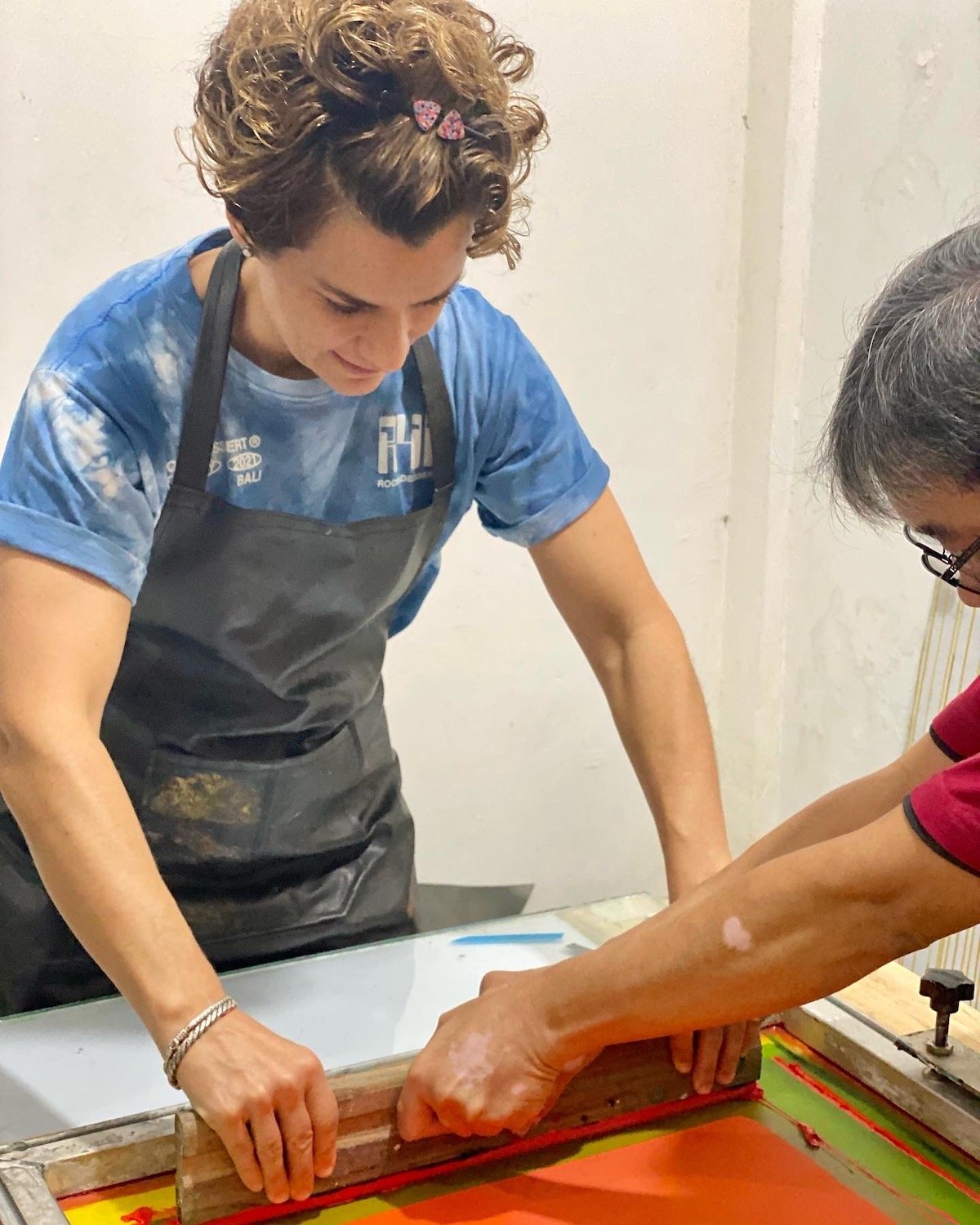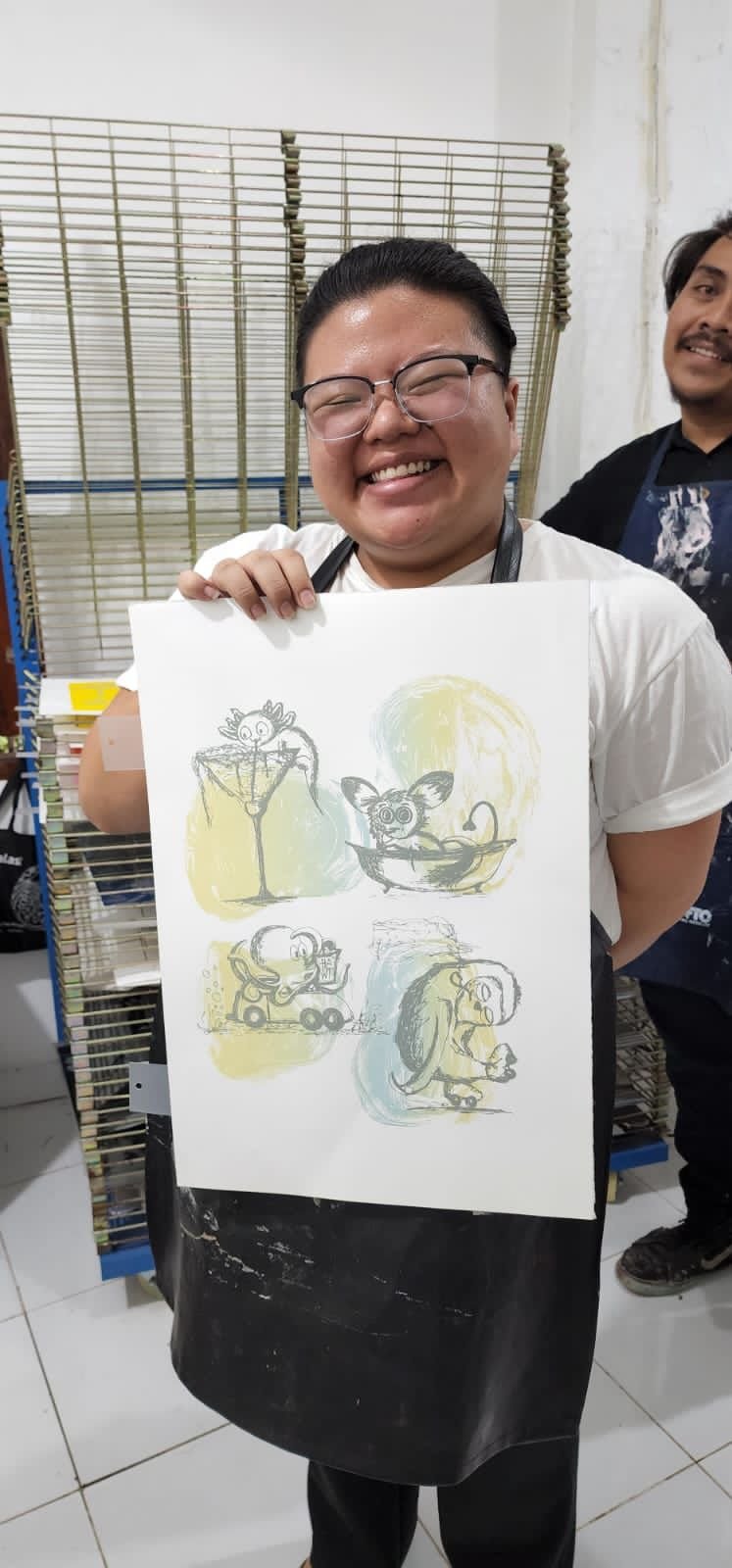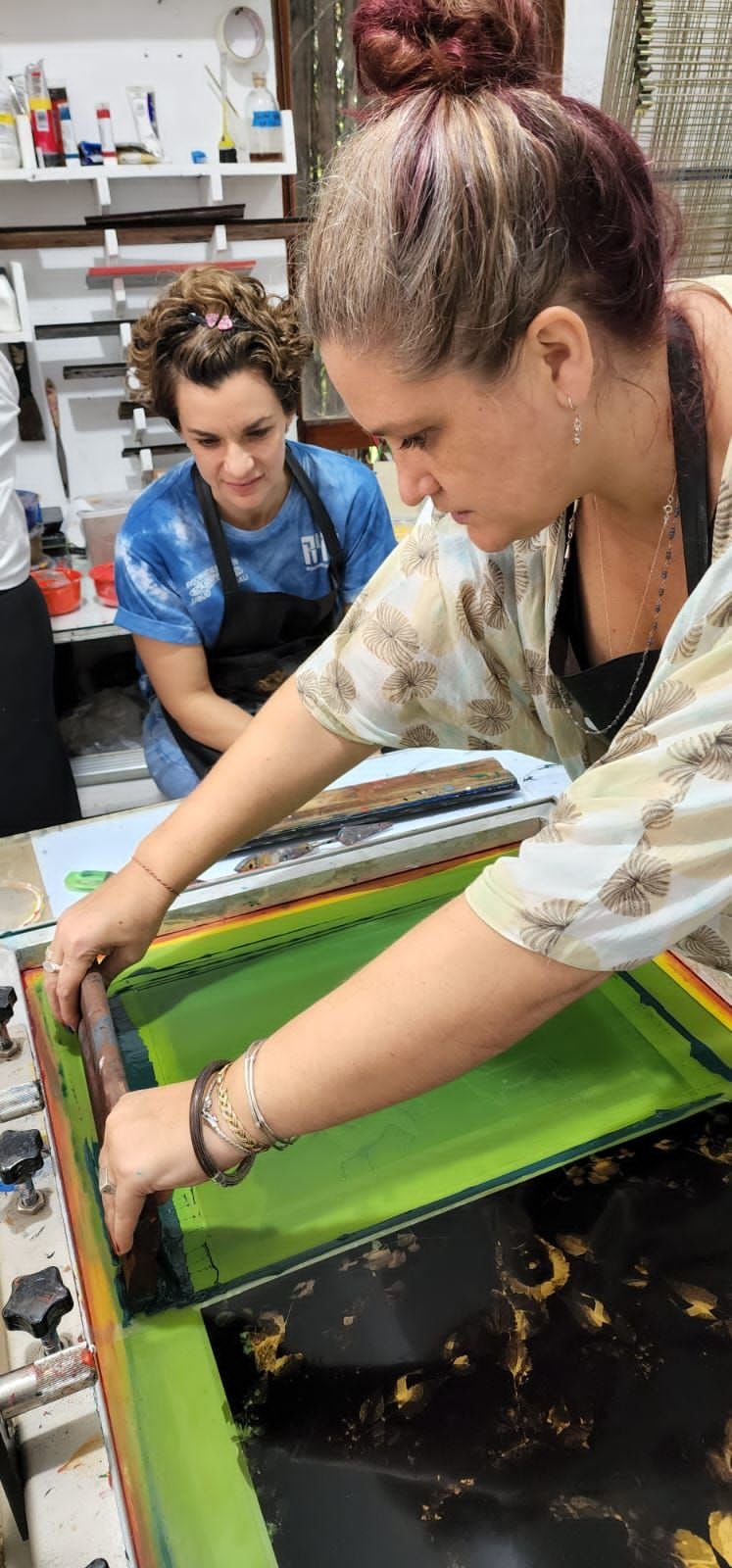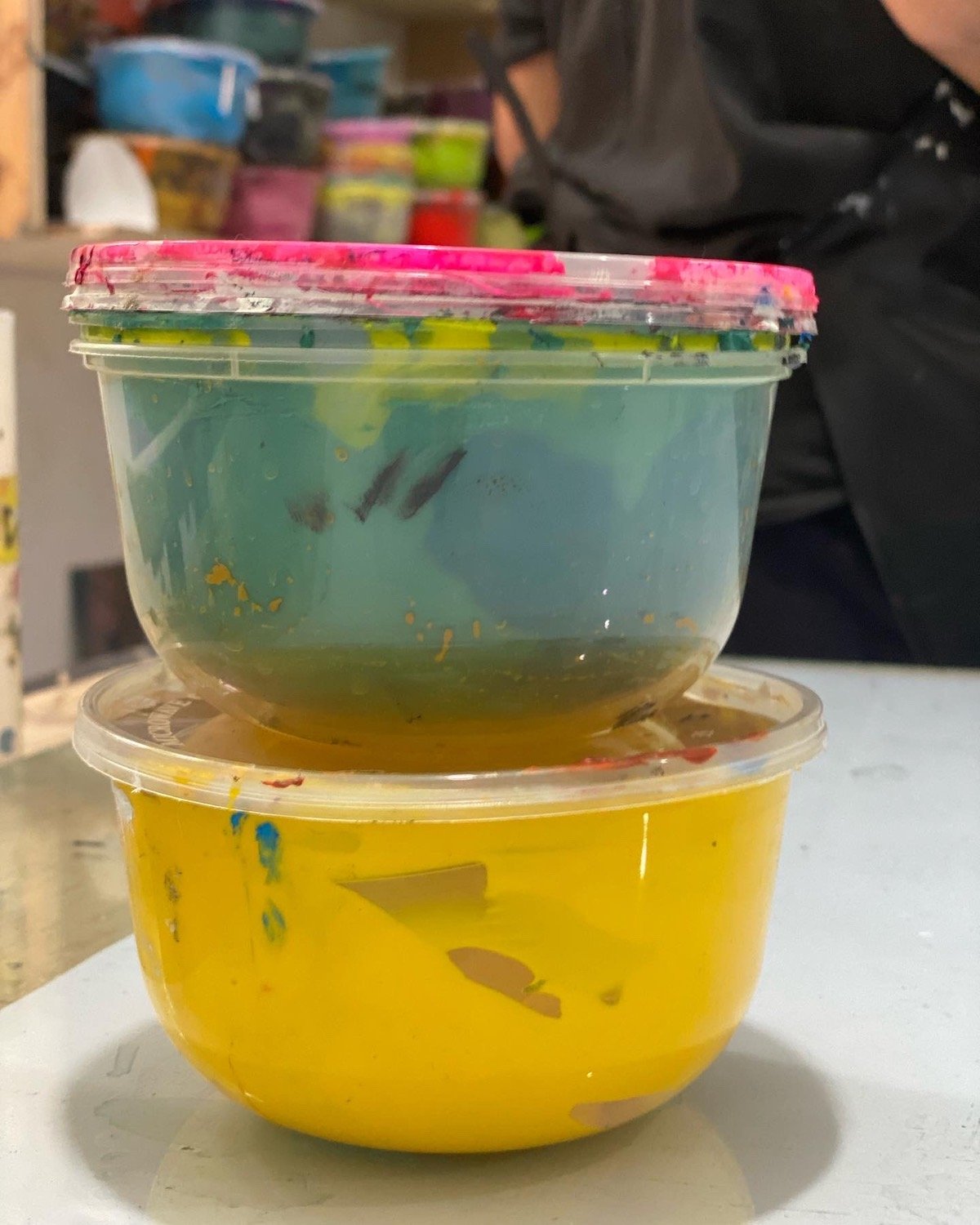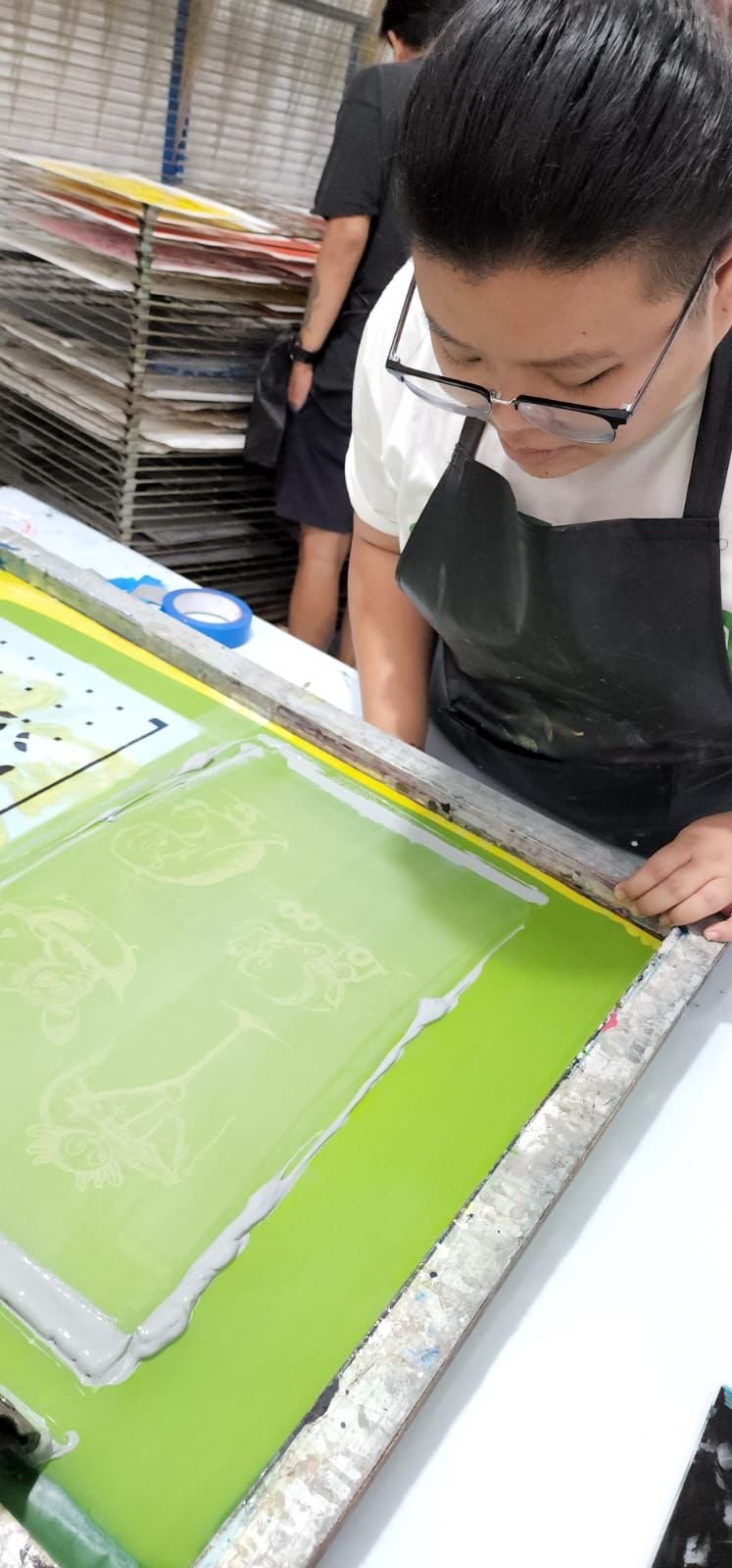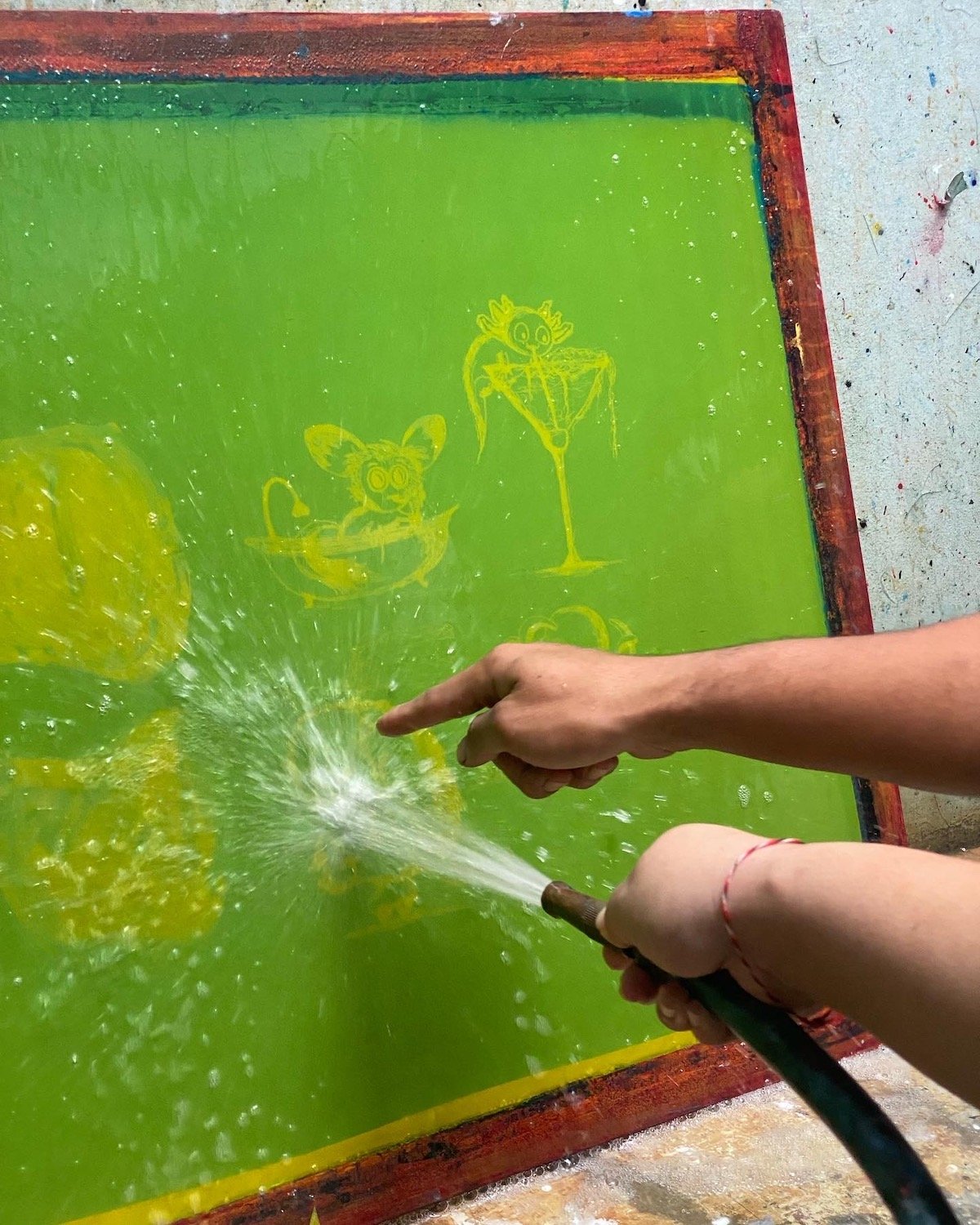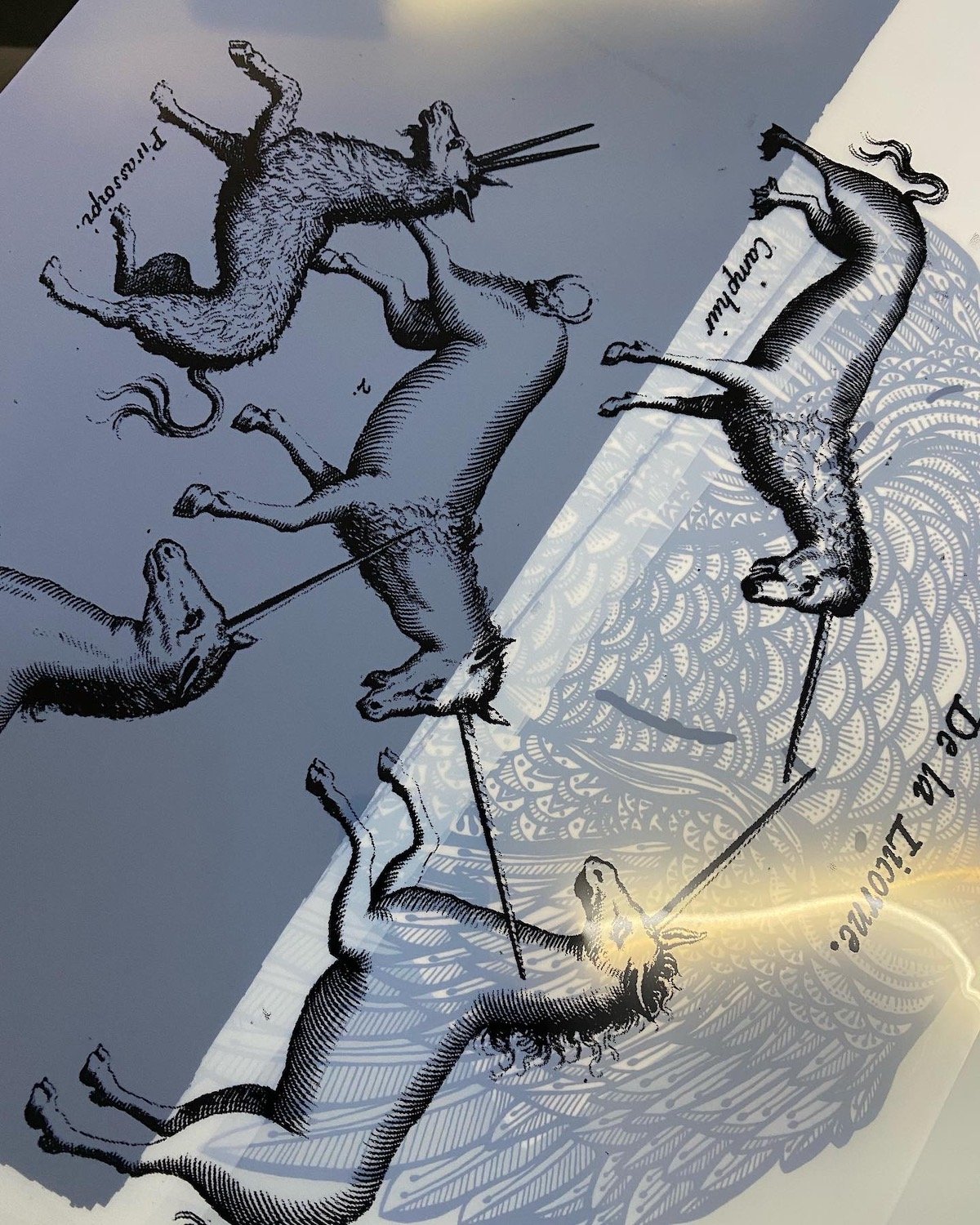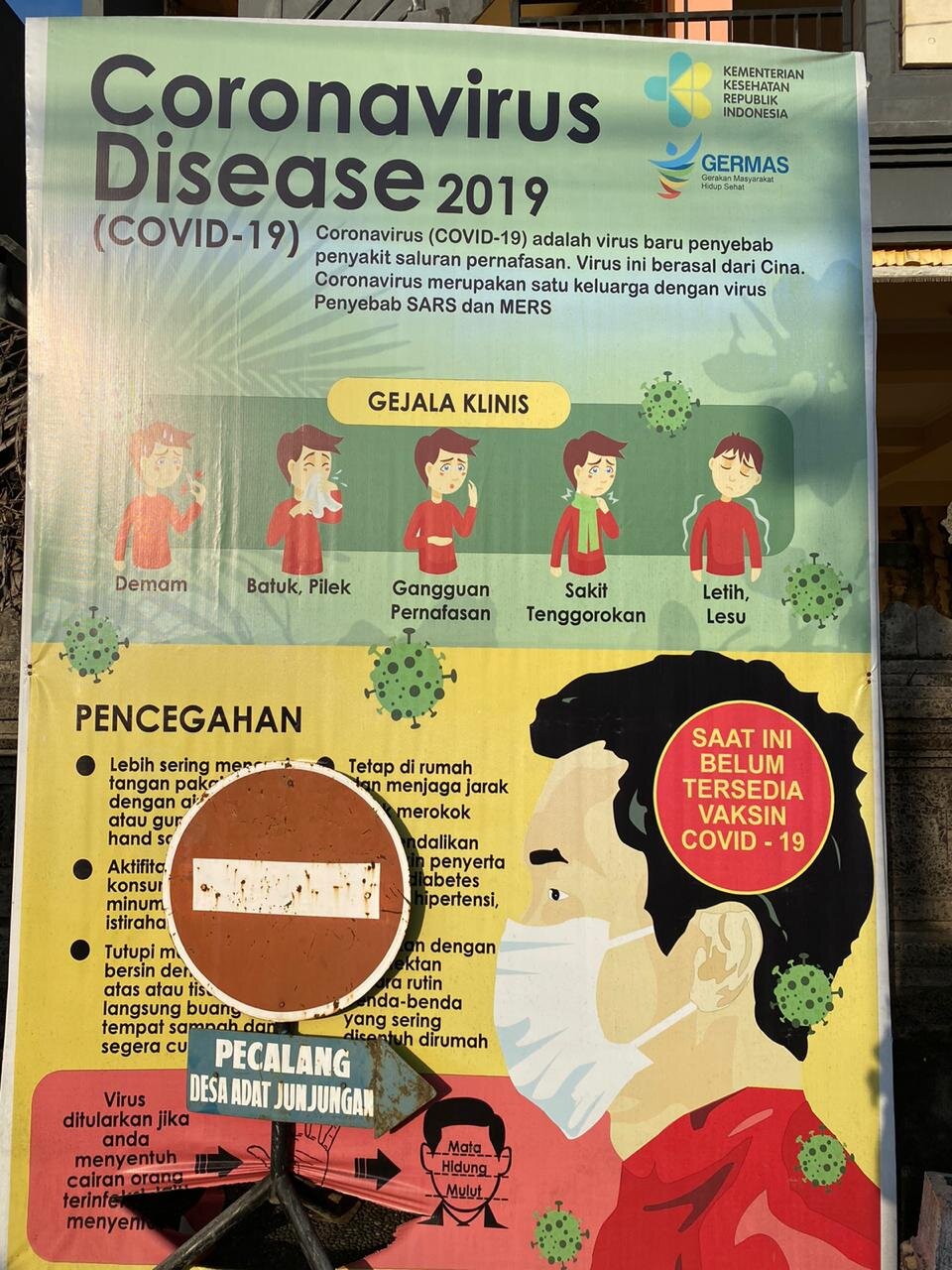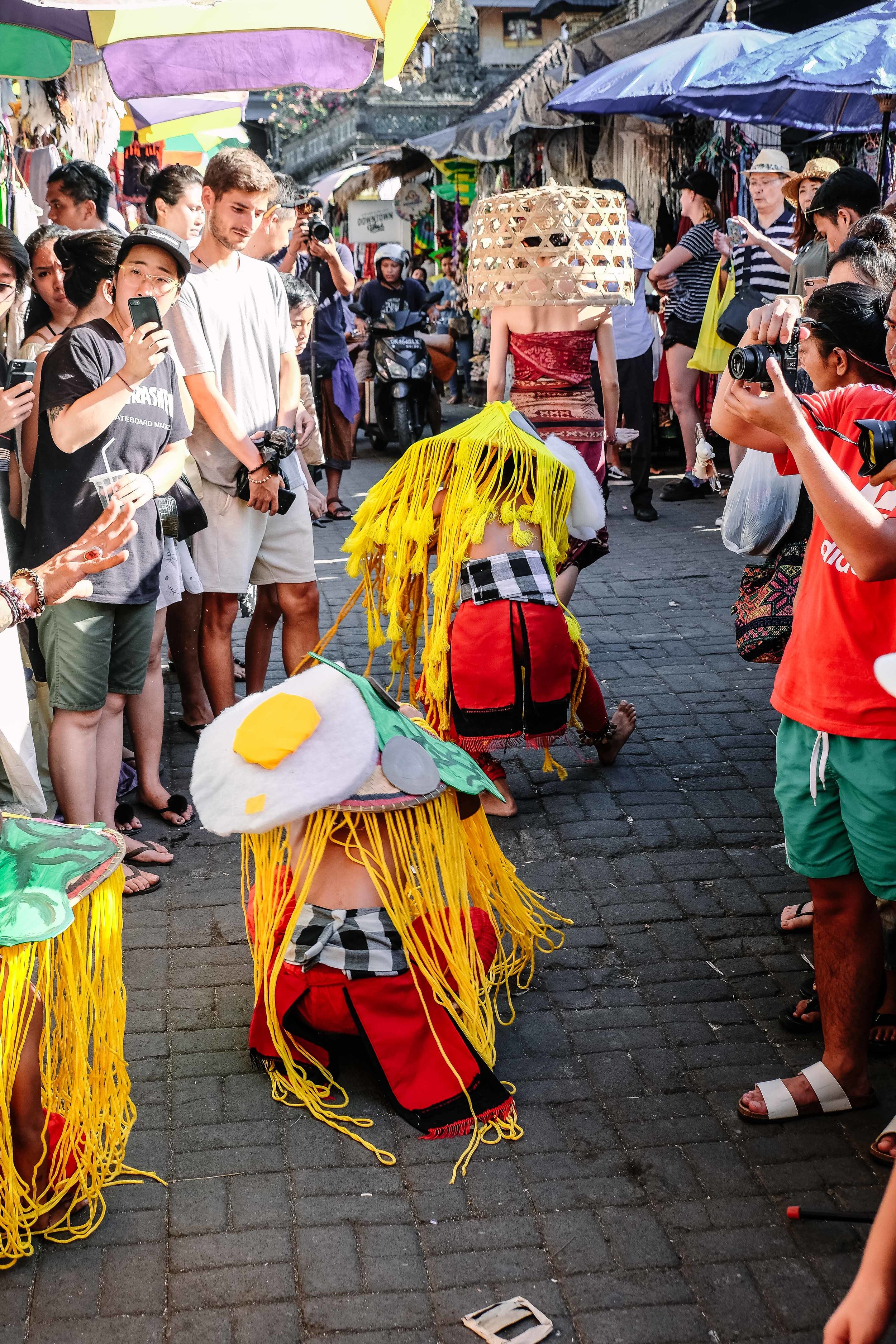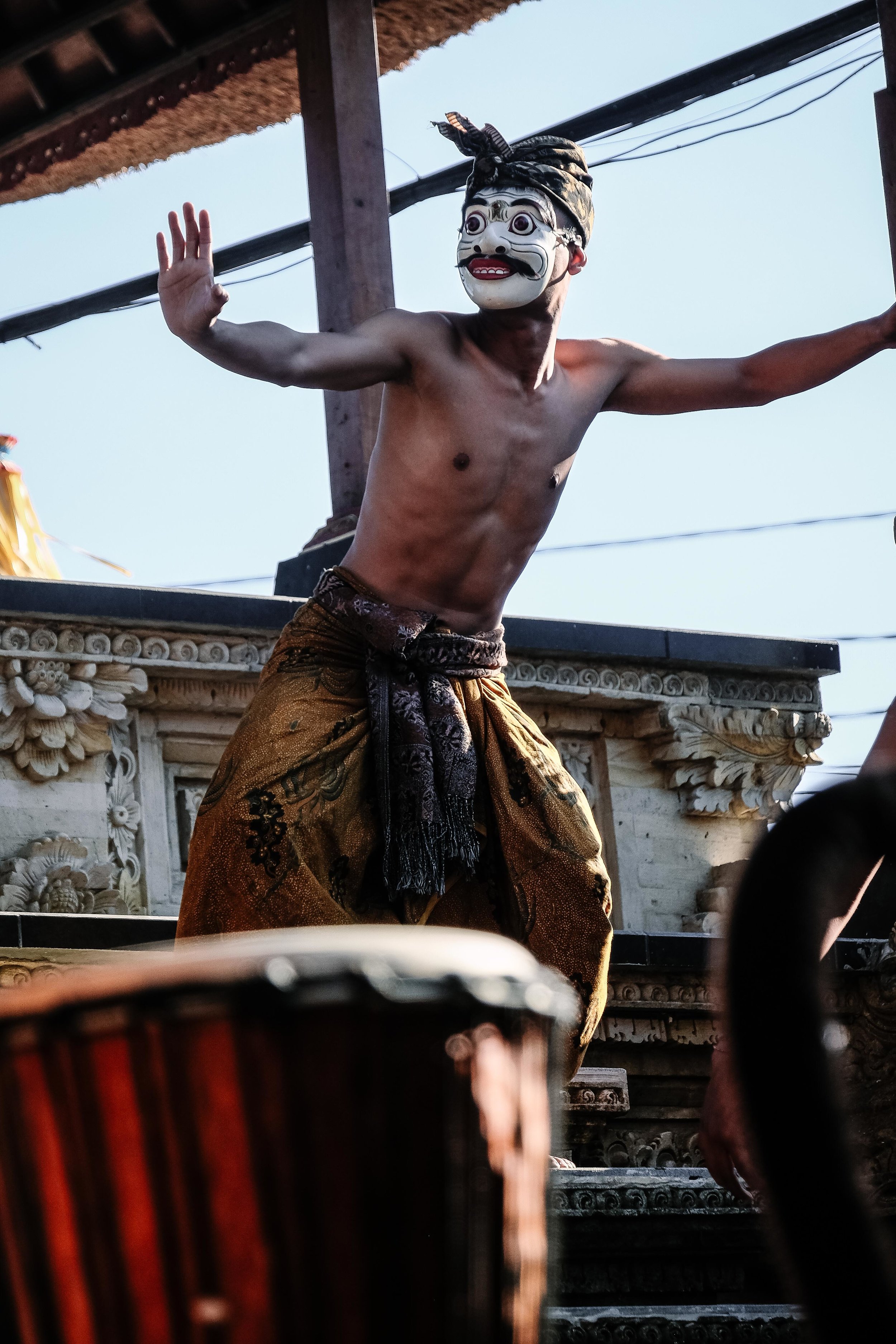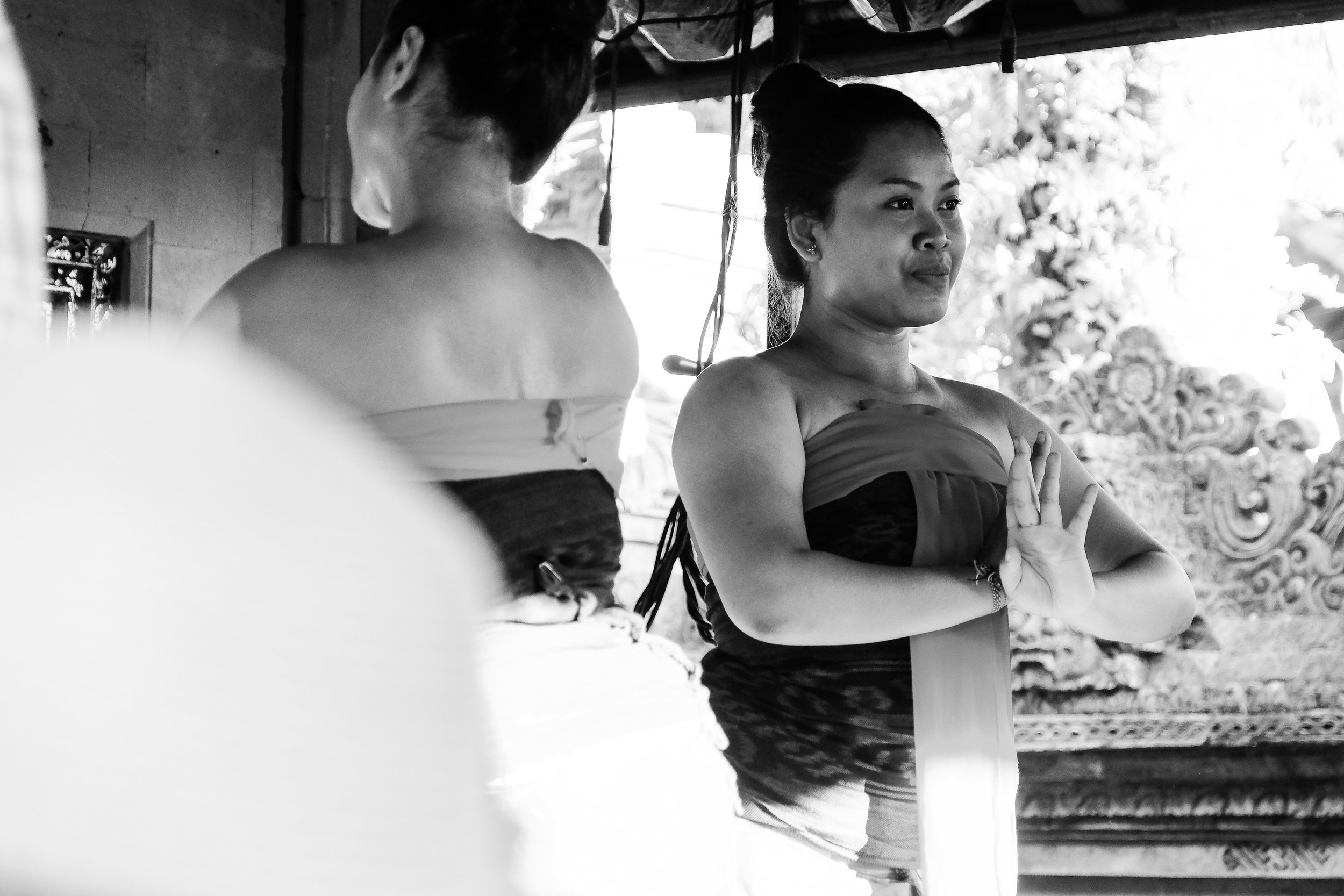How you get the team to live your values?
My team and I are so close. I often spend my time here at Moksa, working and making new friends. There is trust between us so we respect each other. We share what we learn. We all have to taste our own food so we know what it is and we all can explain it really well. We have the garden and we bring the garden to the table, from table scraps we give back to the garden. The sense of belonging is built in and everyone in the end has each other’s backs because they are disciplined. Disciplines means respecting each other. Fun doesn’t mean ‘airy fairy’, fun is when you are ready to be present, working hand-in-hand, with good communication, that makes it fun.
What kind of events does Moksa support and why?
Always comes back to, ‘does the event support our 4 principles?’. We support Ubud Food Festival, TEDxUbud, and Slow Food events because we are aligned with their values. Especially, what make us sure is the sustainability and waste management policies of the event. We have this huge problem in Bali. Moksa really want to be part of the people who work to protect the environment. So, we want to support events who is in the same vision and mission. TEDxUbud has taught us how a well-organized big event can handle this issue.
Where do you think Moksa is at right now and what is your next project?
I don’t think that our 4 pillars is the destination. It is a process. I would say maybe the 4 pillars is also the parameter, it is day by day journey. Always learning, sharing, earning, and do fun. Like today, I learn from your questions. I never looked at our work in that way before.
We are now in the middle of building a special facility for cooking classes. Also, I started a regular talk and brunch -- which I would like to also make yoga and brunch or other dojo class and brunch. The first one was 8 people but this week it’s already 16 people. So I am really excited. Basically we talked about the history of Balinese temples, the geography, daily culture, the food, and everything related. The other project we have is more learning, more earning, more sharing, and more fun!



